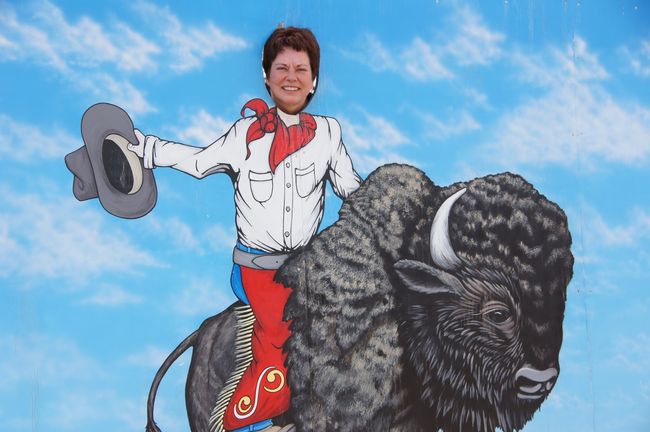Grizzly, Big Horn Sheep & Co. - we are in Yellowstone National Park
Објавено: 02.09.2019
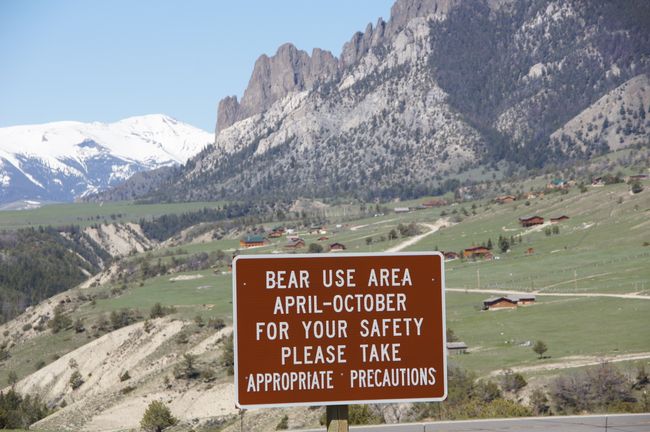
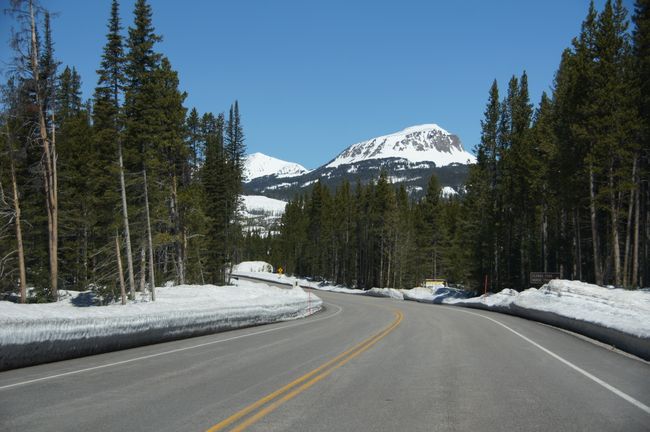
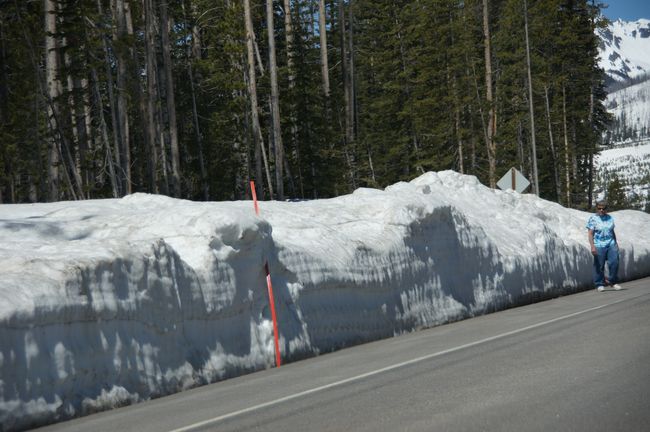
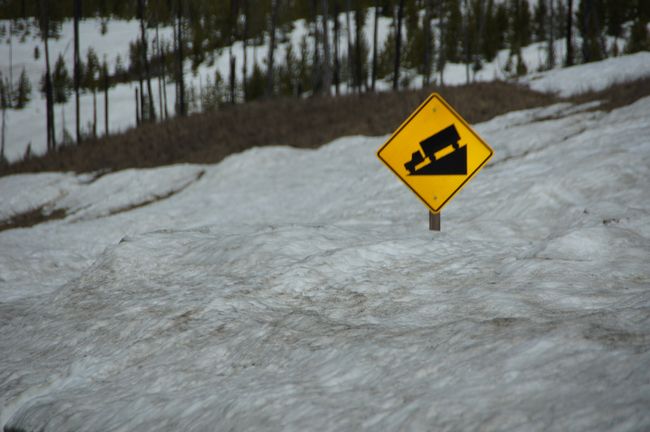
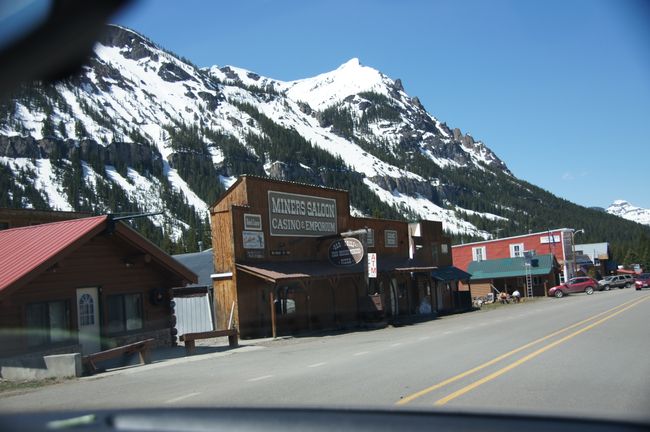
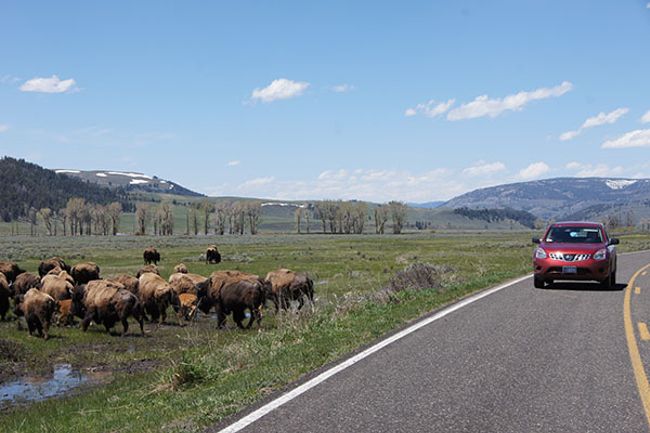
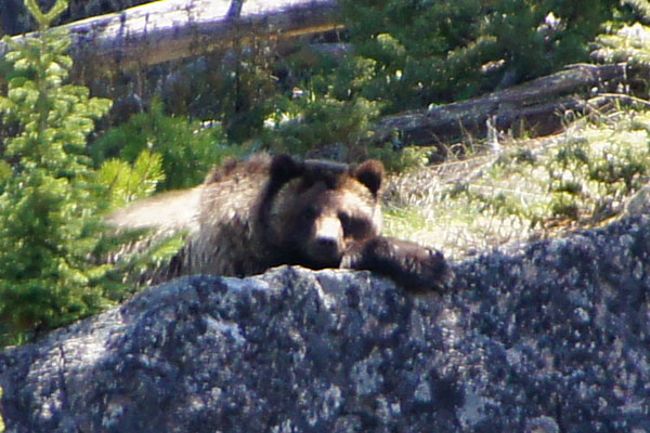
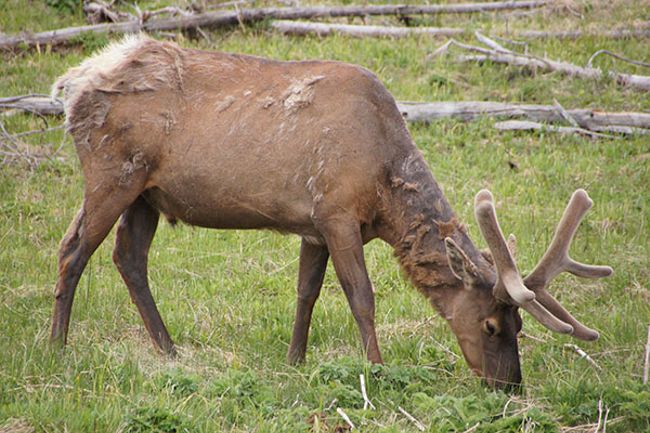
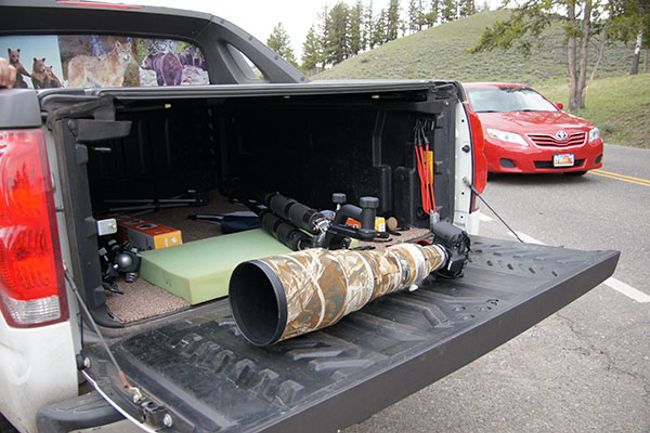
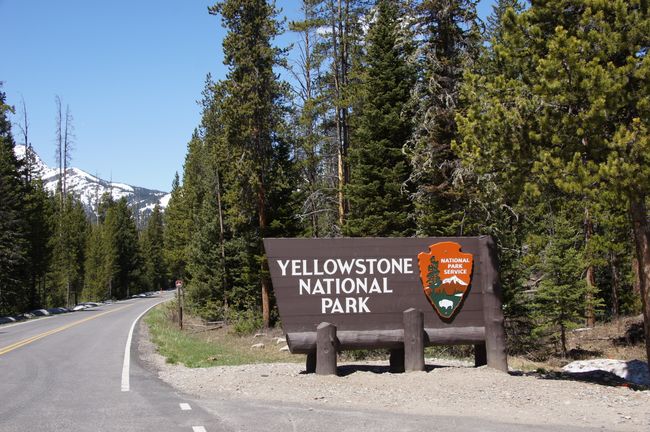
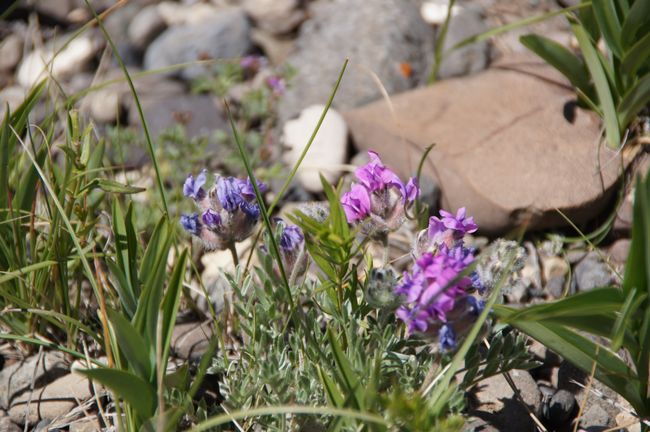
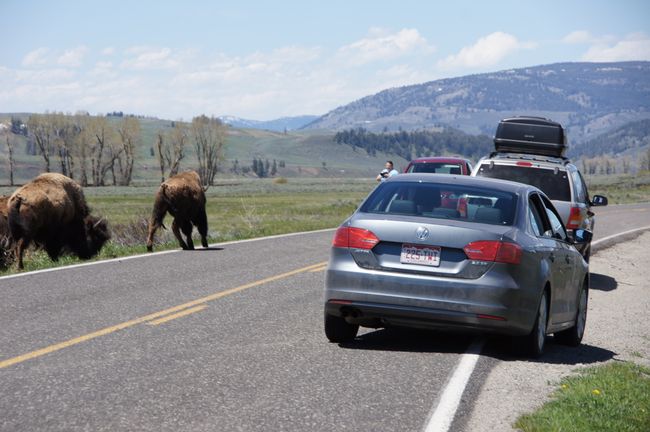
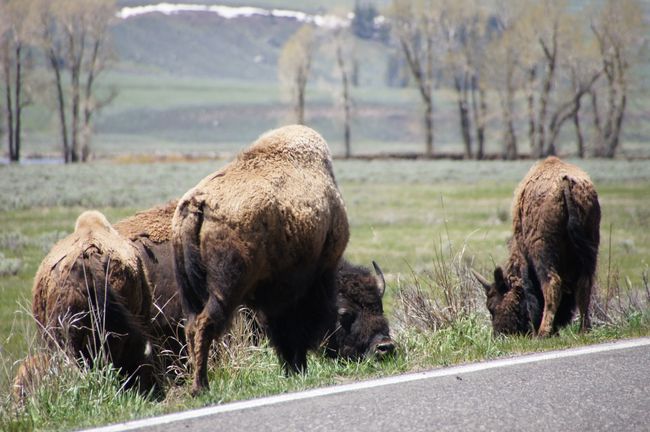
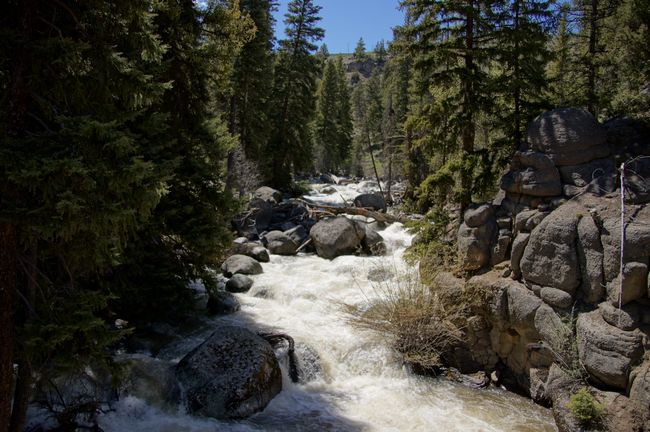
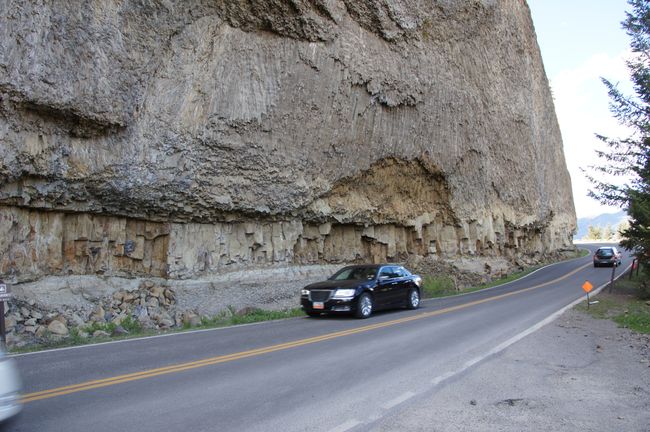
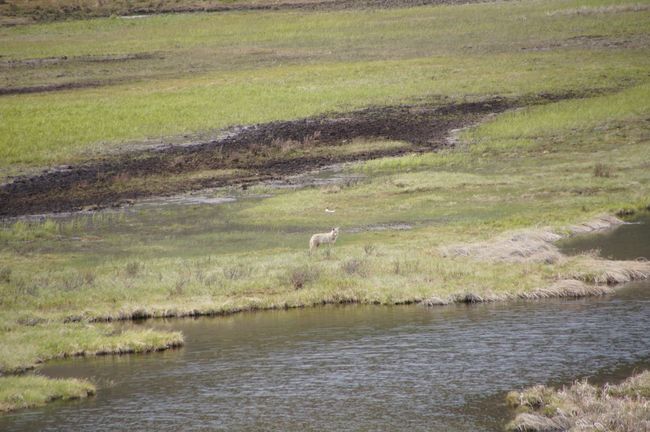
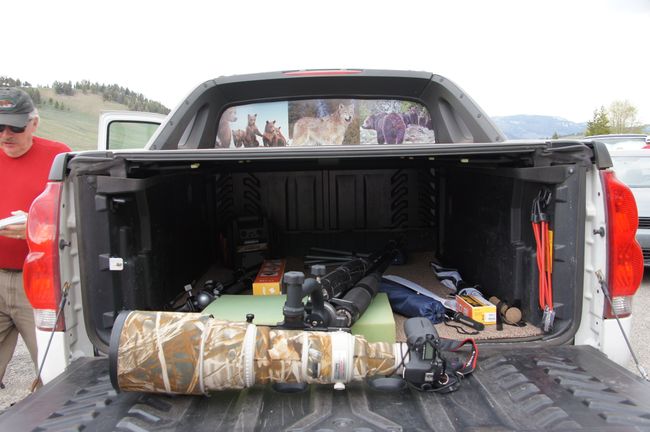
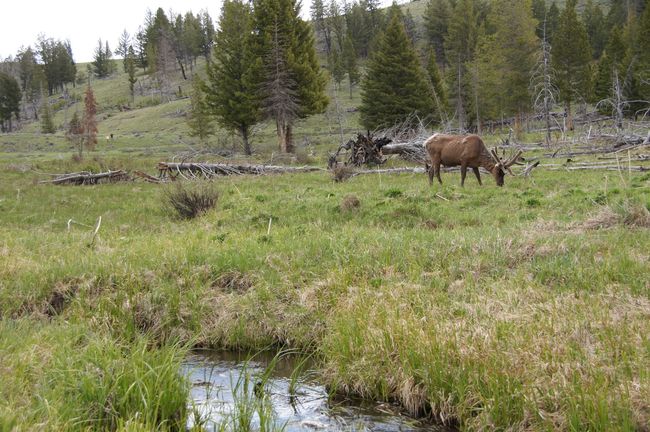
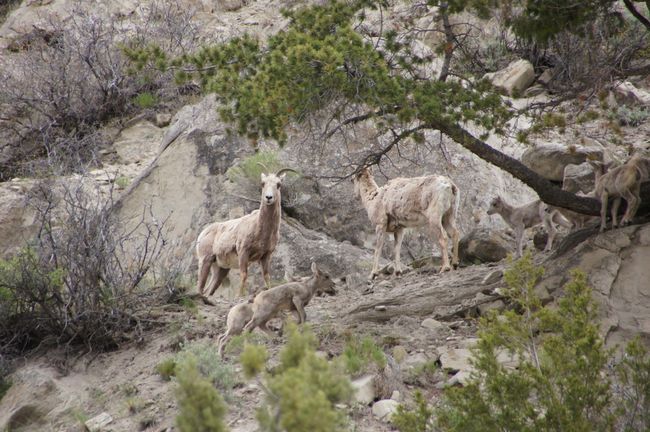
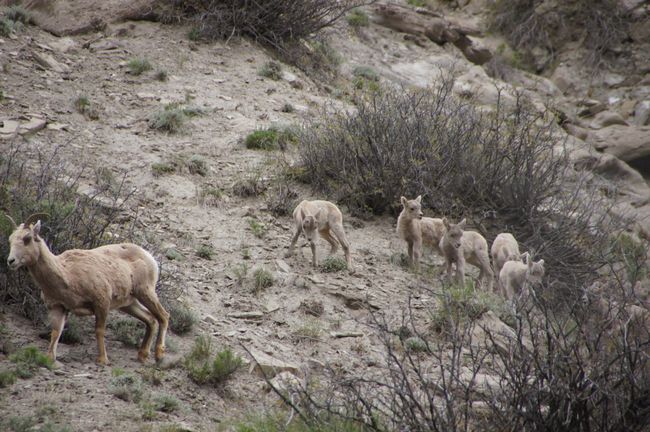
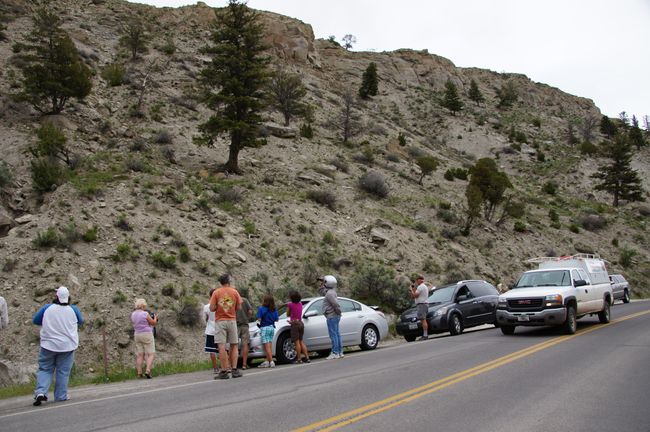
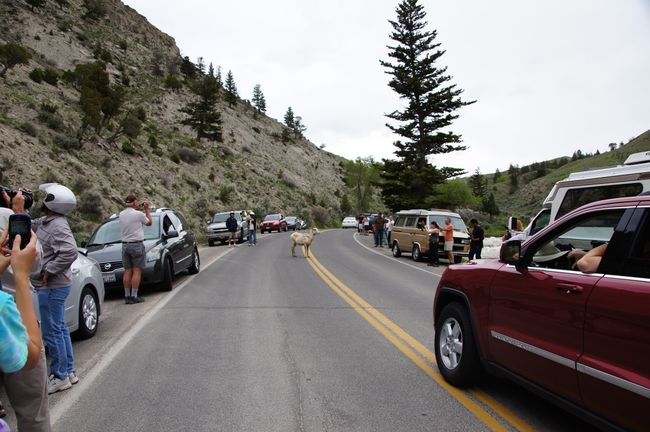
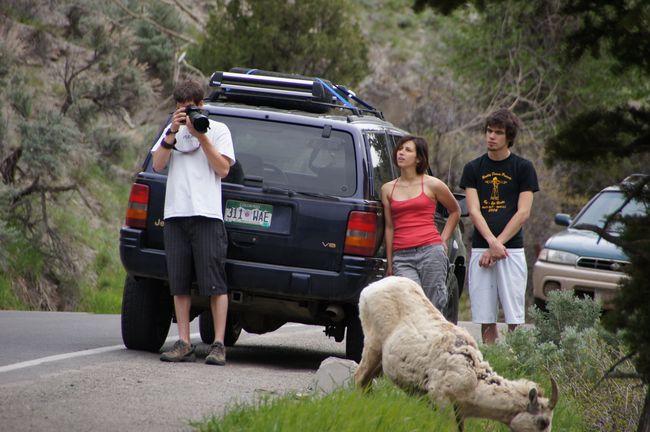
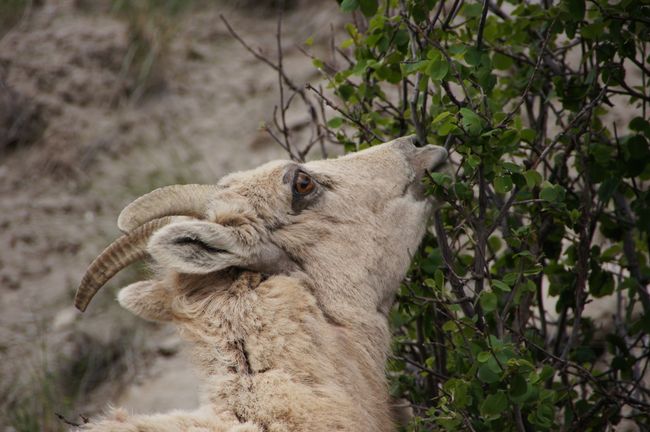
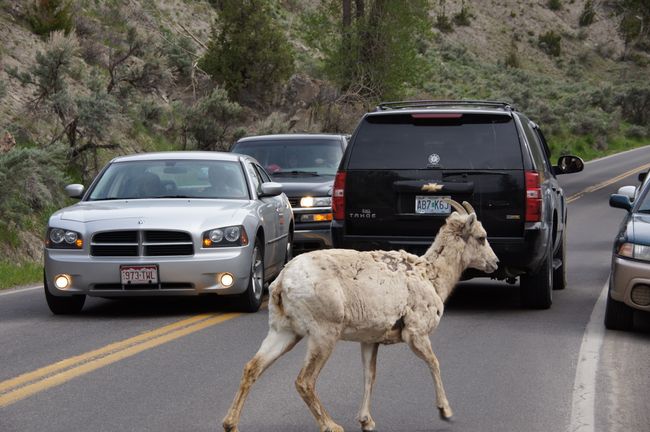
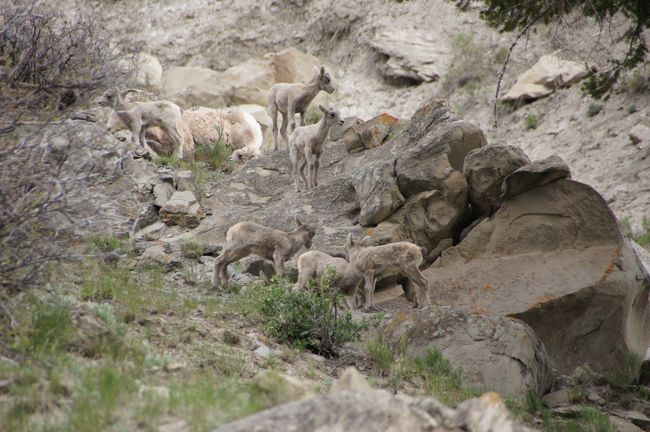
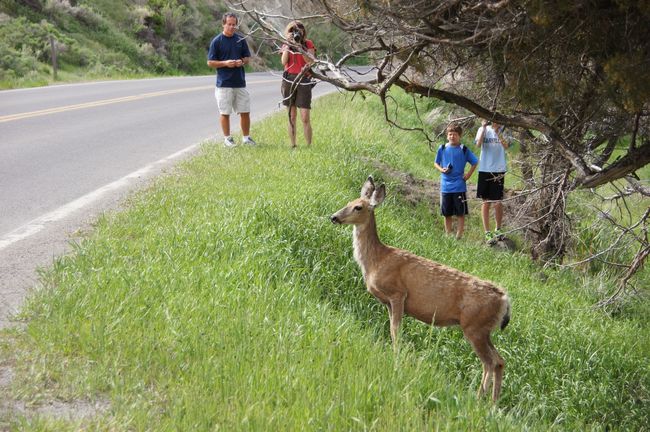
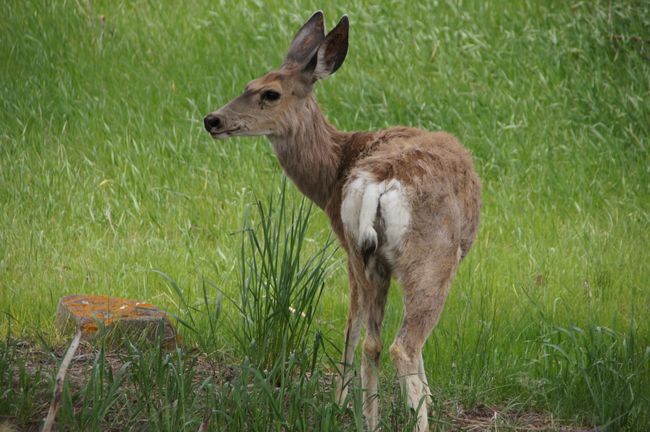
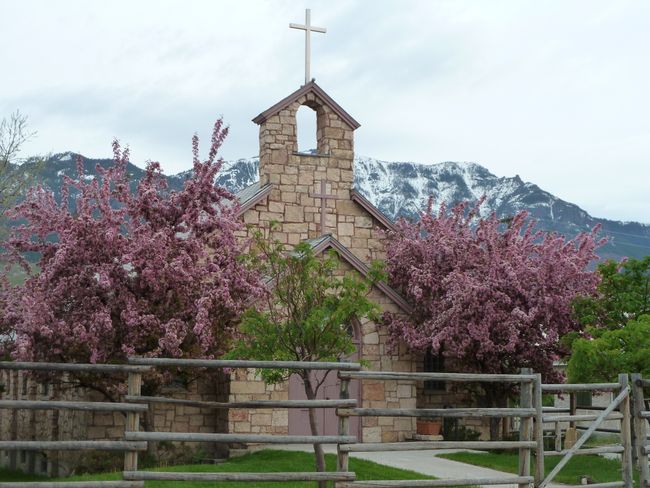
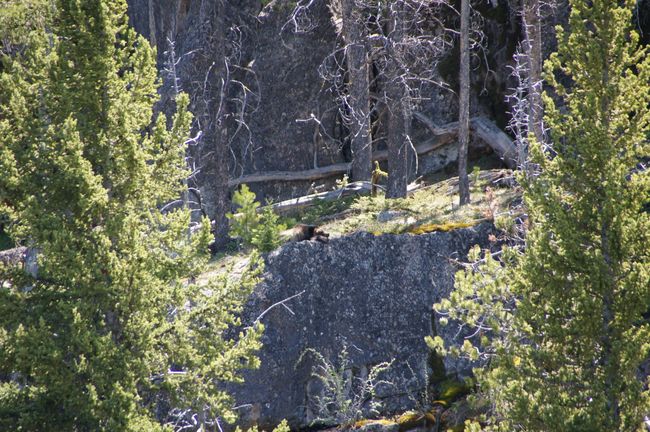
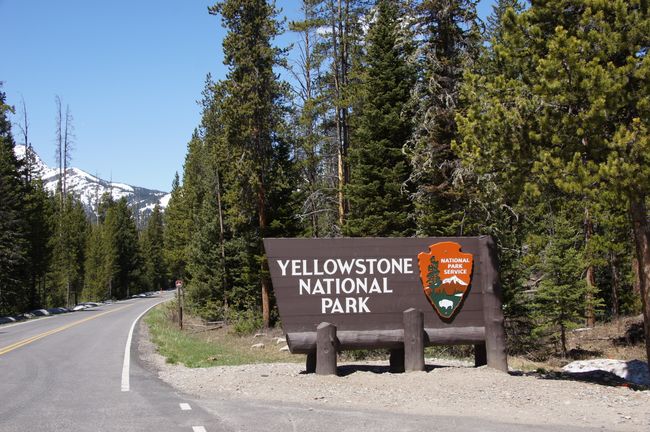
Претплатете се на билтенот
06.06. / Monday / Cody - Gardiner (Yellowstone)
We leave shortly after 9:00 a.m., which means we are a bit late to take the direct route to Yellowstone National Park. The East entrance is only accessible from 8:00 p.m. to 10:00 a.m. due to avalanches and snow coverage. Cold temperatures make the snow more solid and reduce the risk of it burying the tourists' cars.
So we first travel on the Chief Joseph Scenic Byway, which takes us in a northern arc from Cody to the Absaroka Mountains, following the paths of the Nez Percé Indians who sought refuge in the mountains.
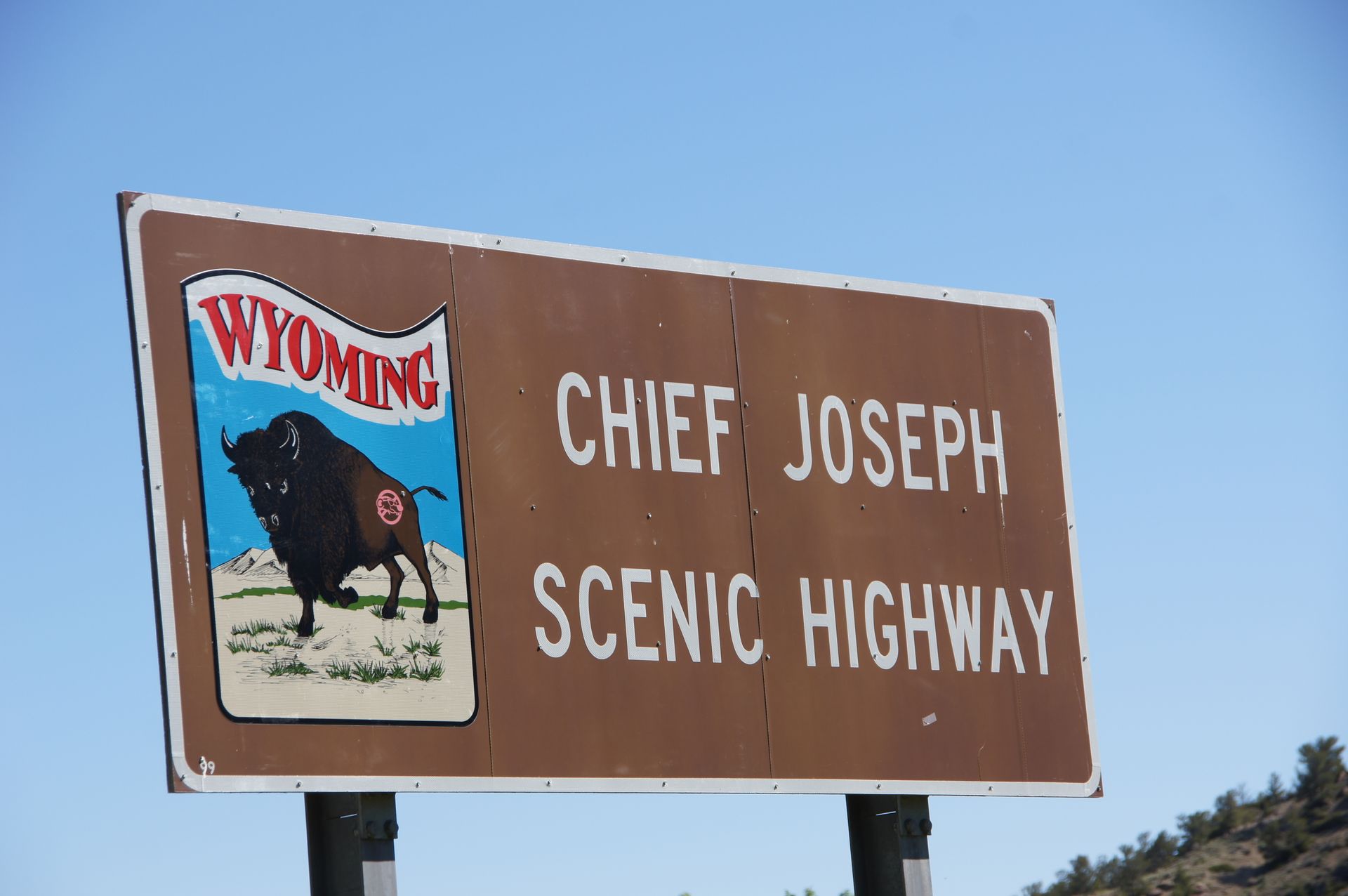
The history of Native Americans here is also a story of persecution of the native population. The Nez Percé resisted the United States Army for a long time and followed their chief, Chief Joseph, towards Montana and Canada when they were assigned a reservation that they did not want to inhabit. Their homeland is approximately in the triangular border area of Washington State, Oregon, and Idaho. They lived off fur trade, hunting, etc., which eventually became lucrative for the white man. There were also gold finds in the region, and the tribe itself split when some of its members converted to Christianity. The tribe traveled nearly 2,500 km to reach this far north in the United States, even inflicting losses on American soldiers at times, but they were eventually forced to surrender.
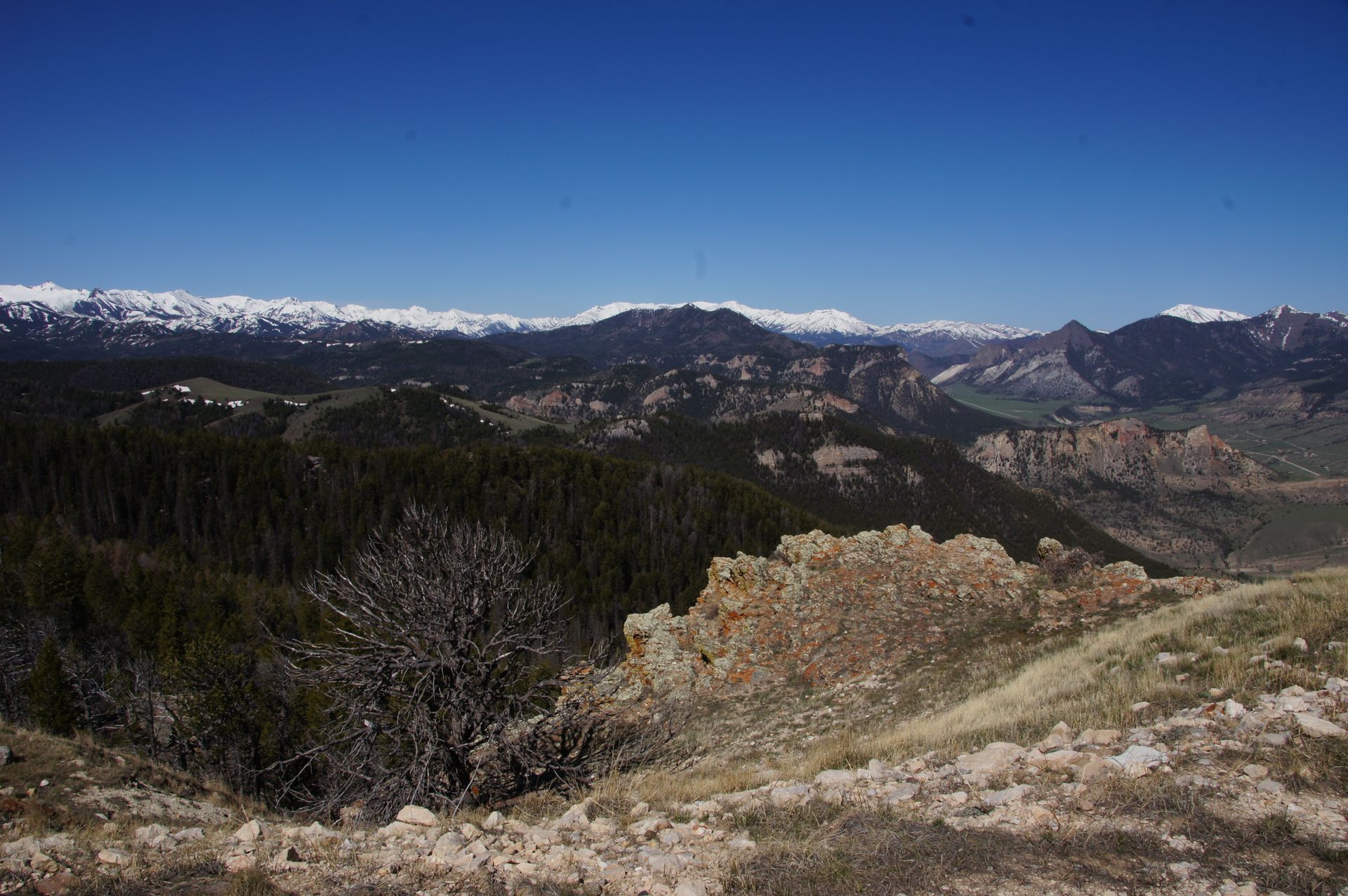
So our lookout stop at "Dead Indian Summit" at an elevation of almost 2,700 meters is also a viewpoint of a sad story, which is so often found in the United States, and the name leaves no room for interpretation as to why the mountain and its peak are named that way.


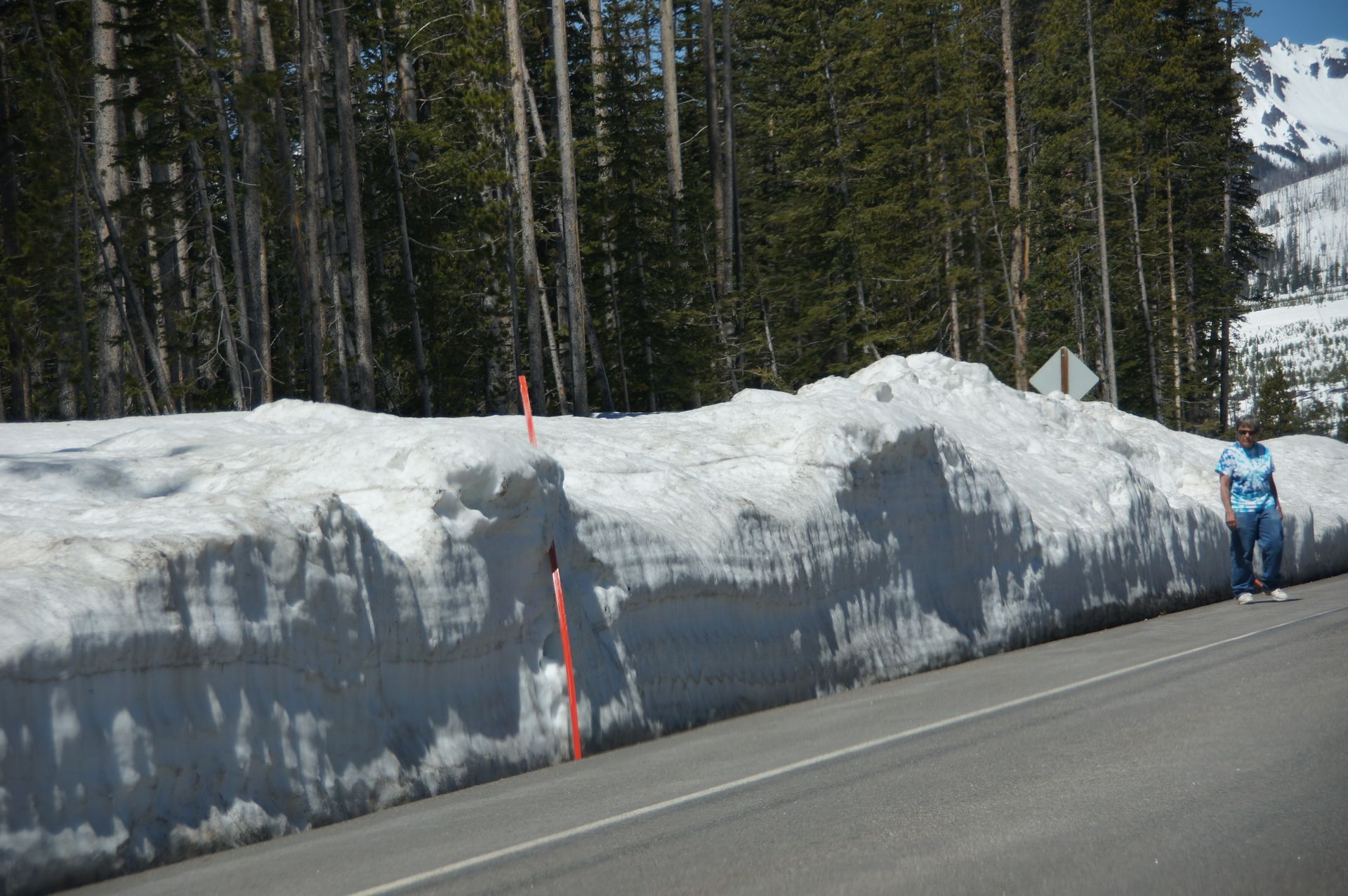
We continue driving, going up and down many curves. Beautiful mountain meadows spread out in the valley, and shortly after, we start going up again in similar curves towards the next mountains. We reach Cooke City in Montana, which cannot really be called a "city" with its 80 inhabitants. There is still plenty of snow everywhere, and we hear that three weeks ago, a grizzly bear killed an elk right in the middle of Main Street. A main street massacre!
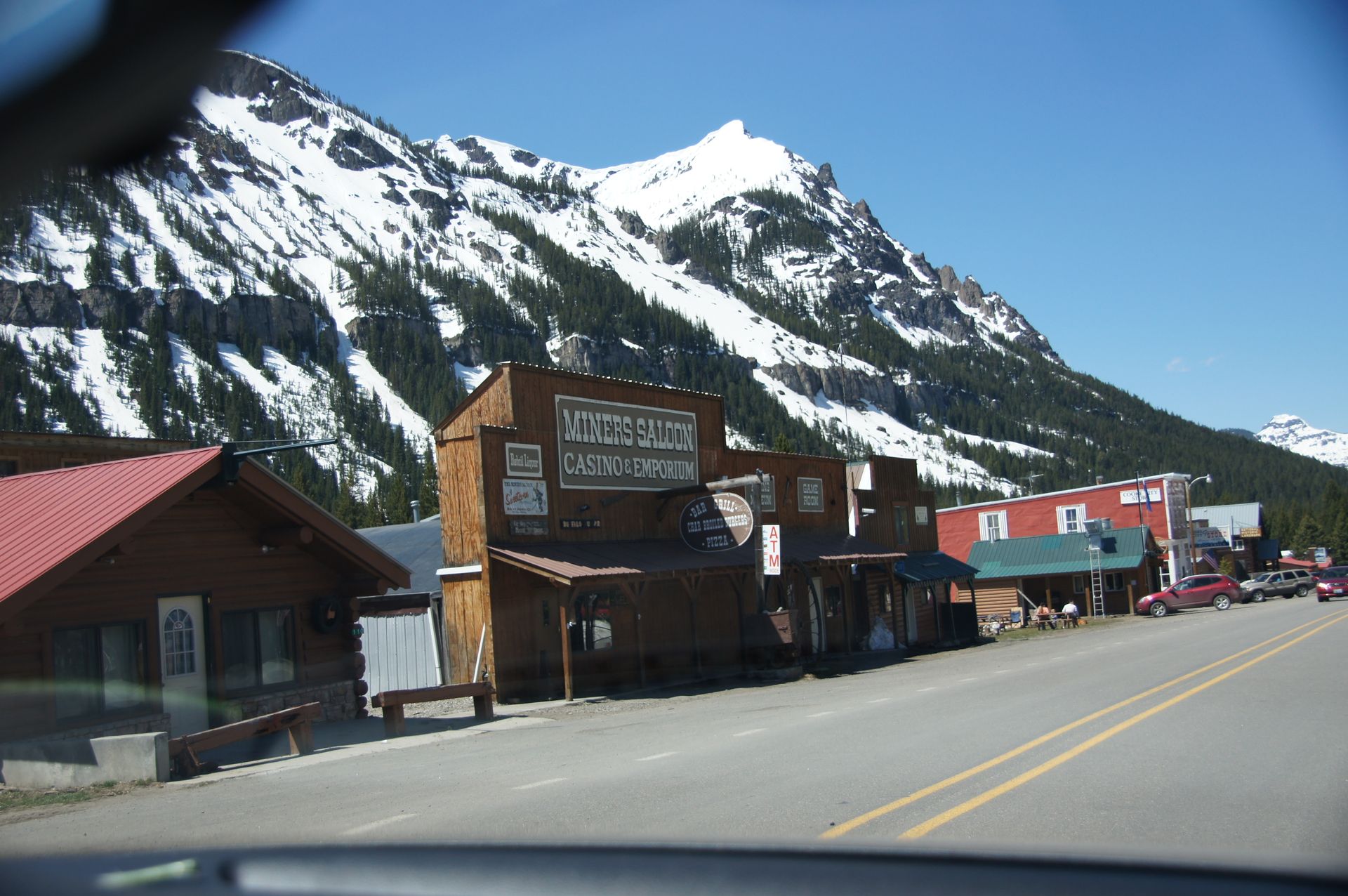

We continue driving on the plowed road towards Yellowstone and arrive at the Northeast entrance around 1:00 p.m.
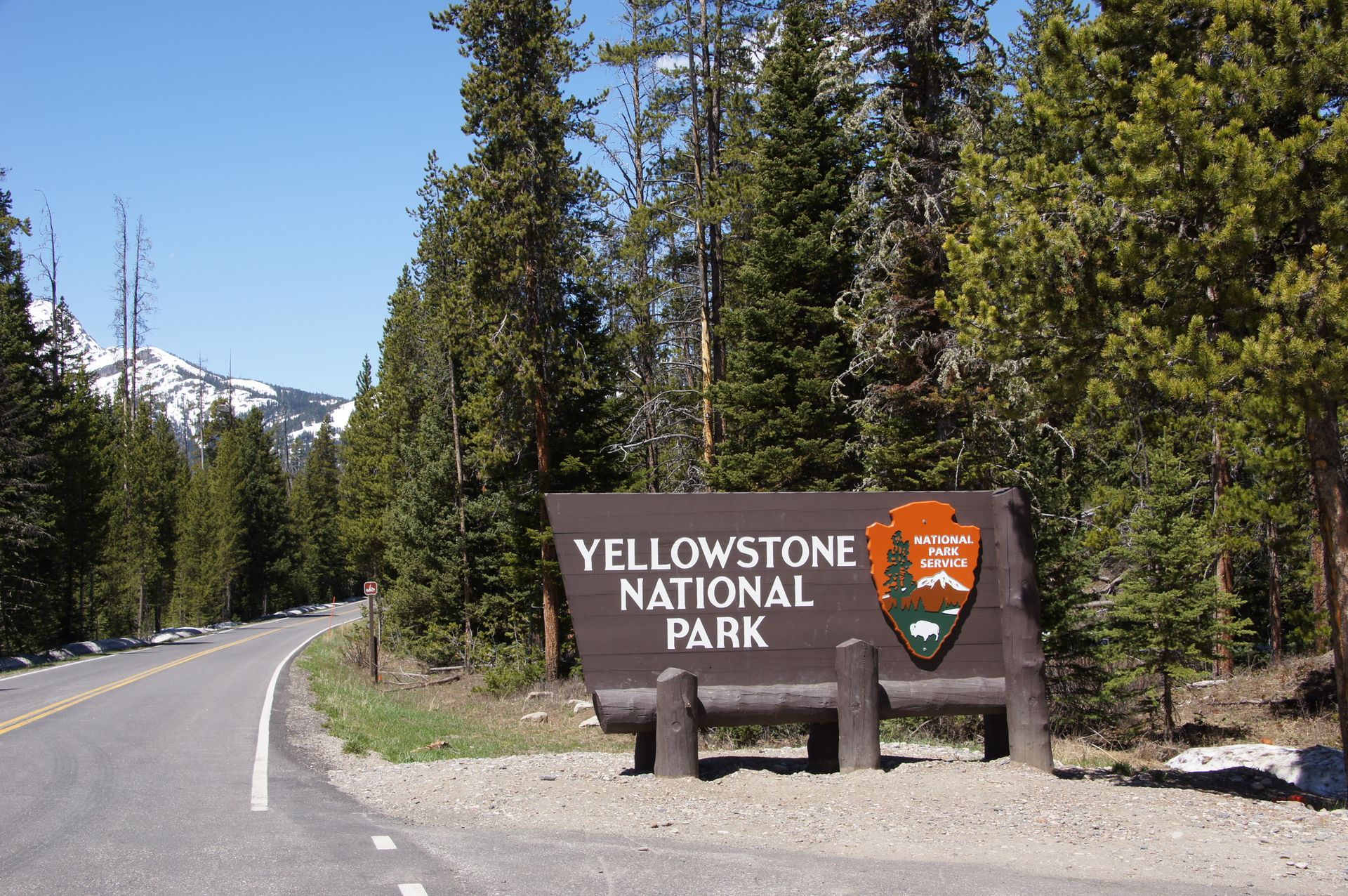
About 20 minutes later, we see the first animals in the Lamar Valley. This area is known for its abundant wildlife and is called the "Serengeti of Yellowstone." Well... there are many bison here, but they don't excite us as much anymore since we saw countless of them in Custer State Park. Pronghorns are also running around here, and there are the usual traffic jams wherever there are animals to photograph.
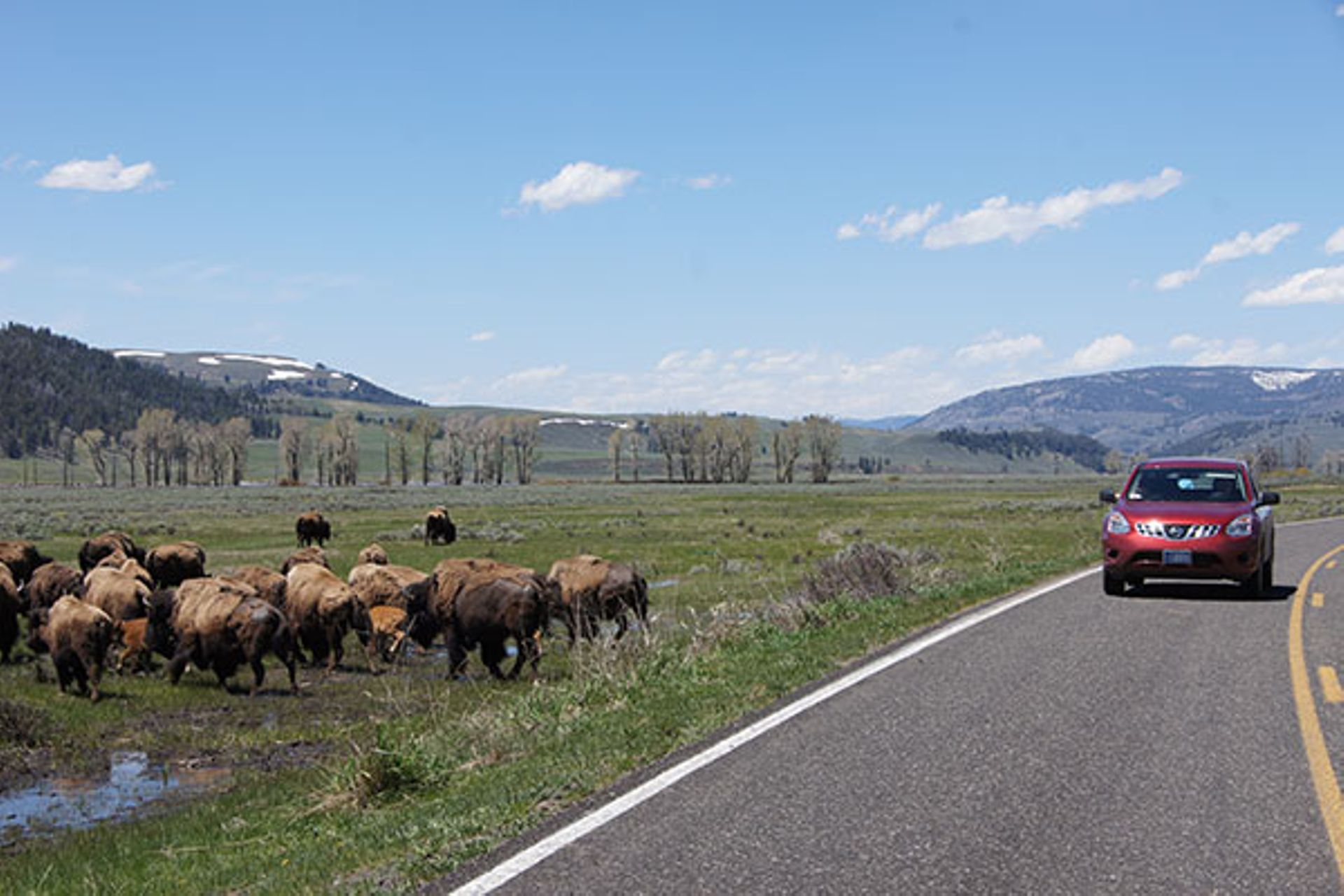

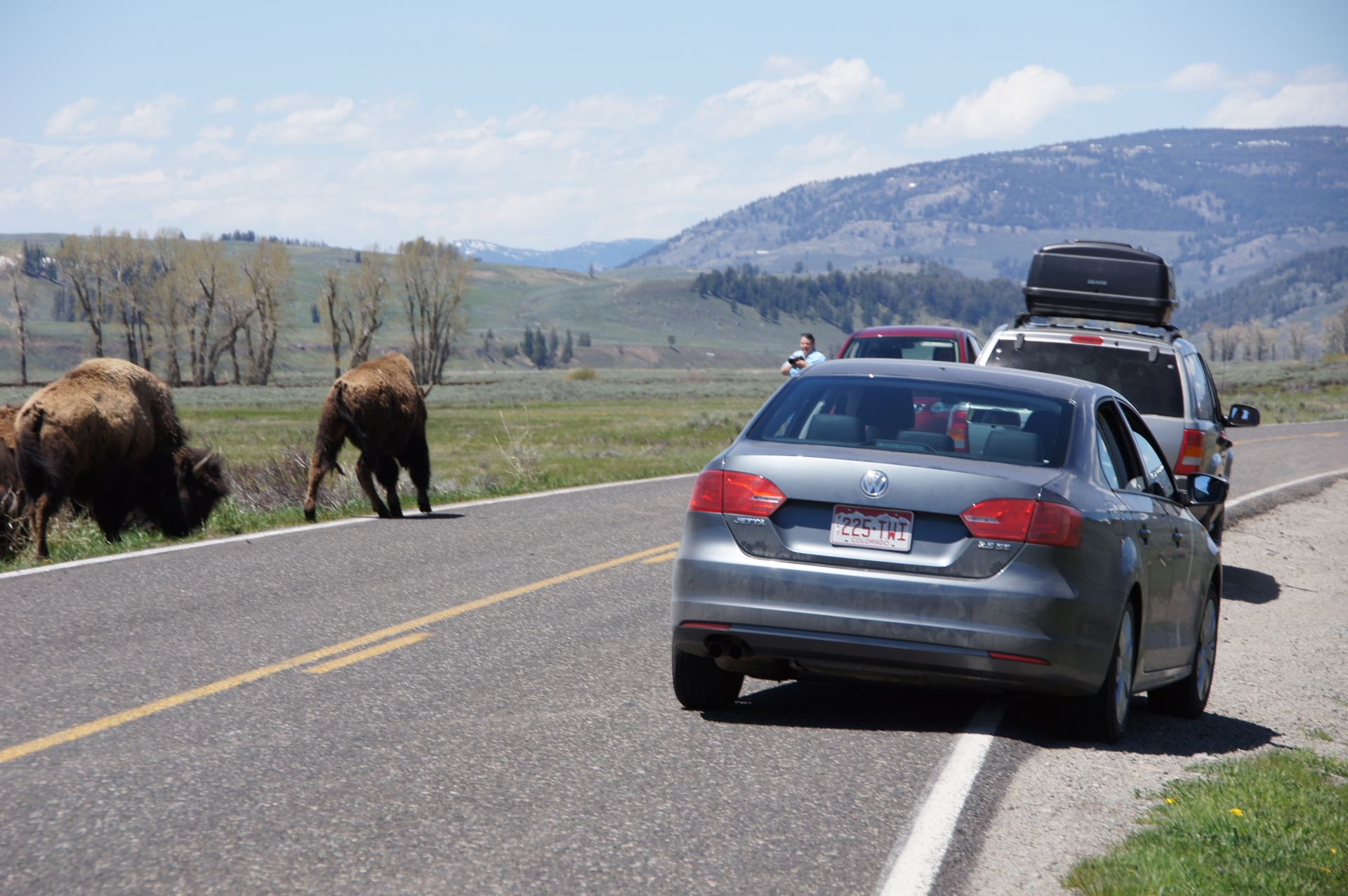
We are amazed by the gigantic lenses that many people have here. It's nice that everyone here simply wants to see or take pictures of the animals. It's particularly nice that everyone willingly shares their discoveries with others through their binoculars or telephoto lenses.
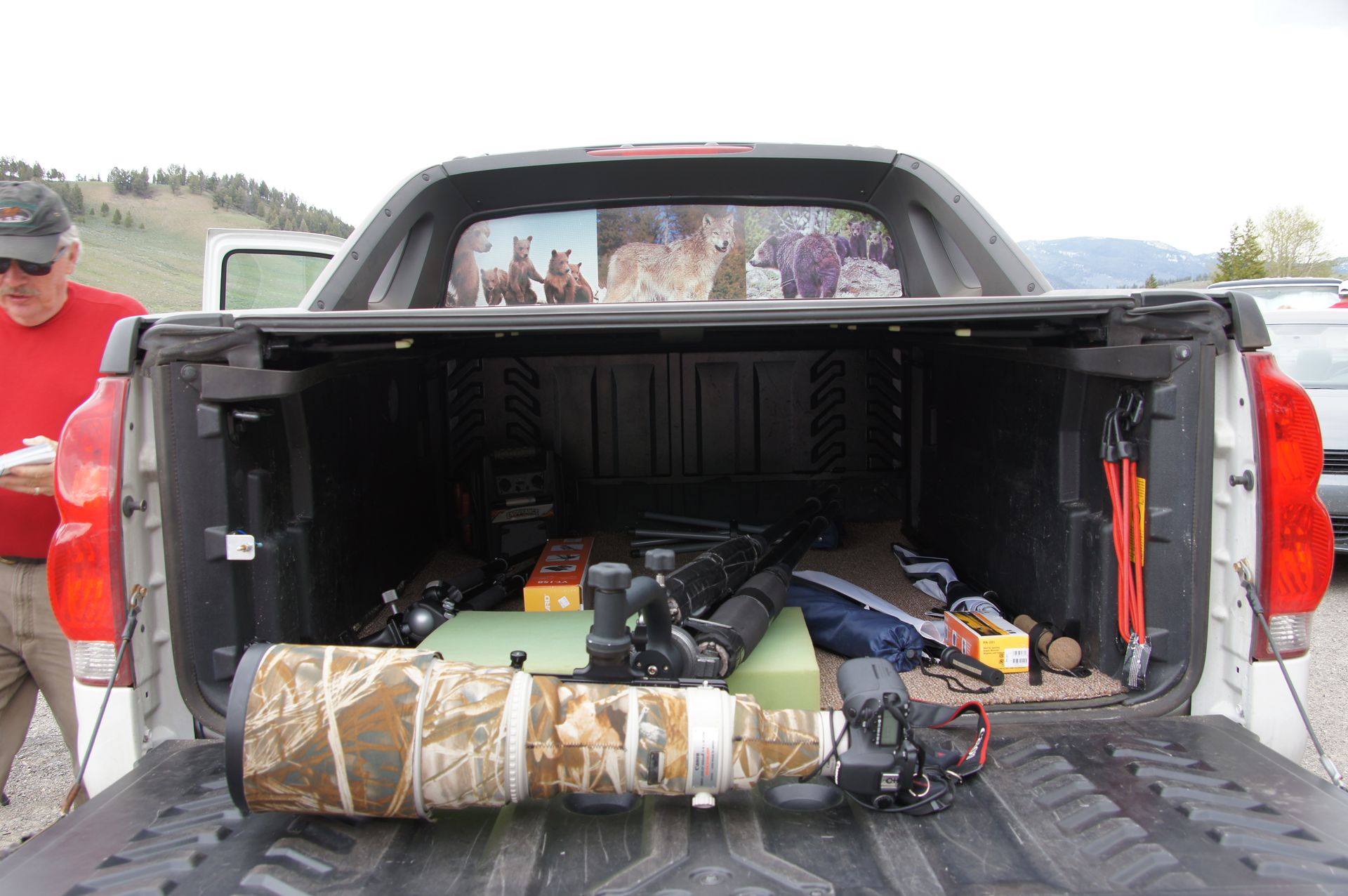
We look through dozens of other people's binoculars and lenses, getting great views of several animals. Funny enough, the woman at Cooke City Visitor Center had already told us that she hasn't bought binoculars since she moved here (which was 30 years ago) because she can always use someone else's. And it's true.
So we see a grizzly bear! The first one! It's standing far away in a clearing behind some fir trees, and as it slowly walks away, a coyote emerges right behind it.

Coyote
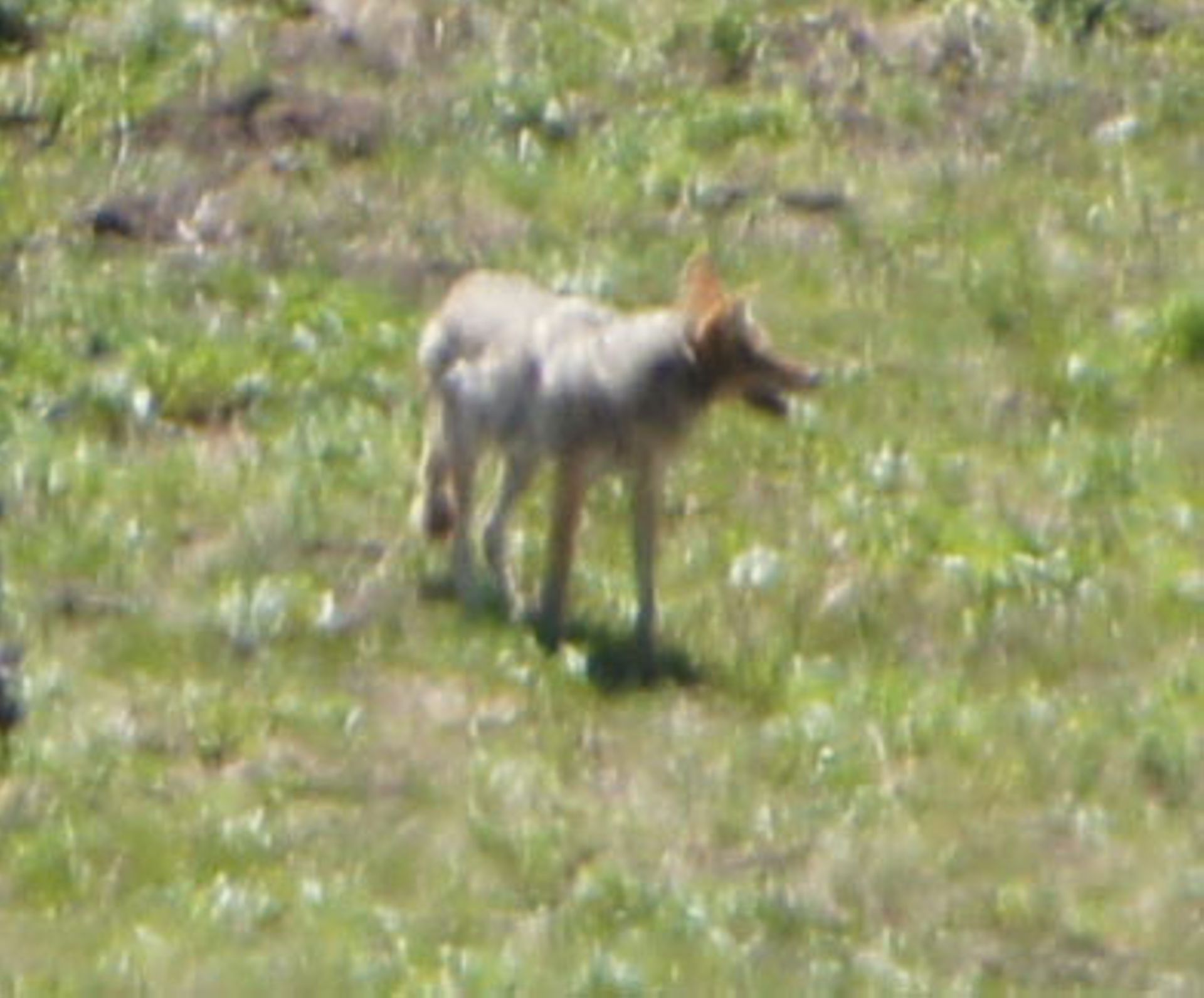

Grizzly bear
Shortly after, we see another grizzly bear, lazily lying on a rock and observing us from a distance, just like we are observing it.
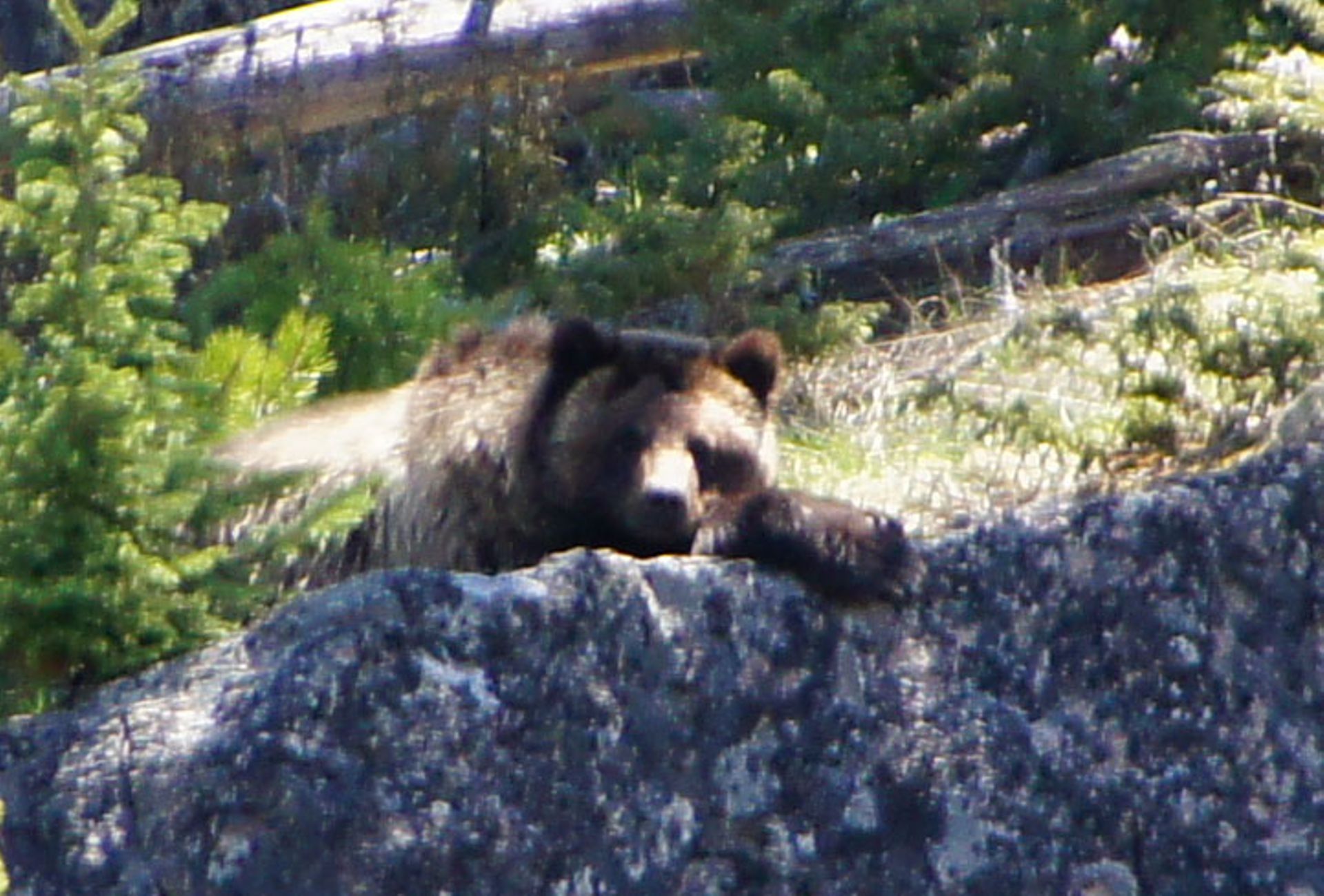
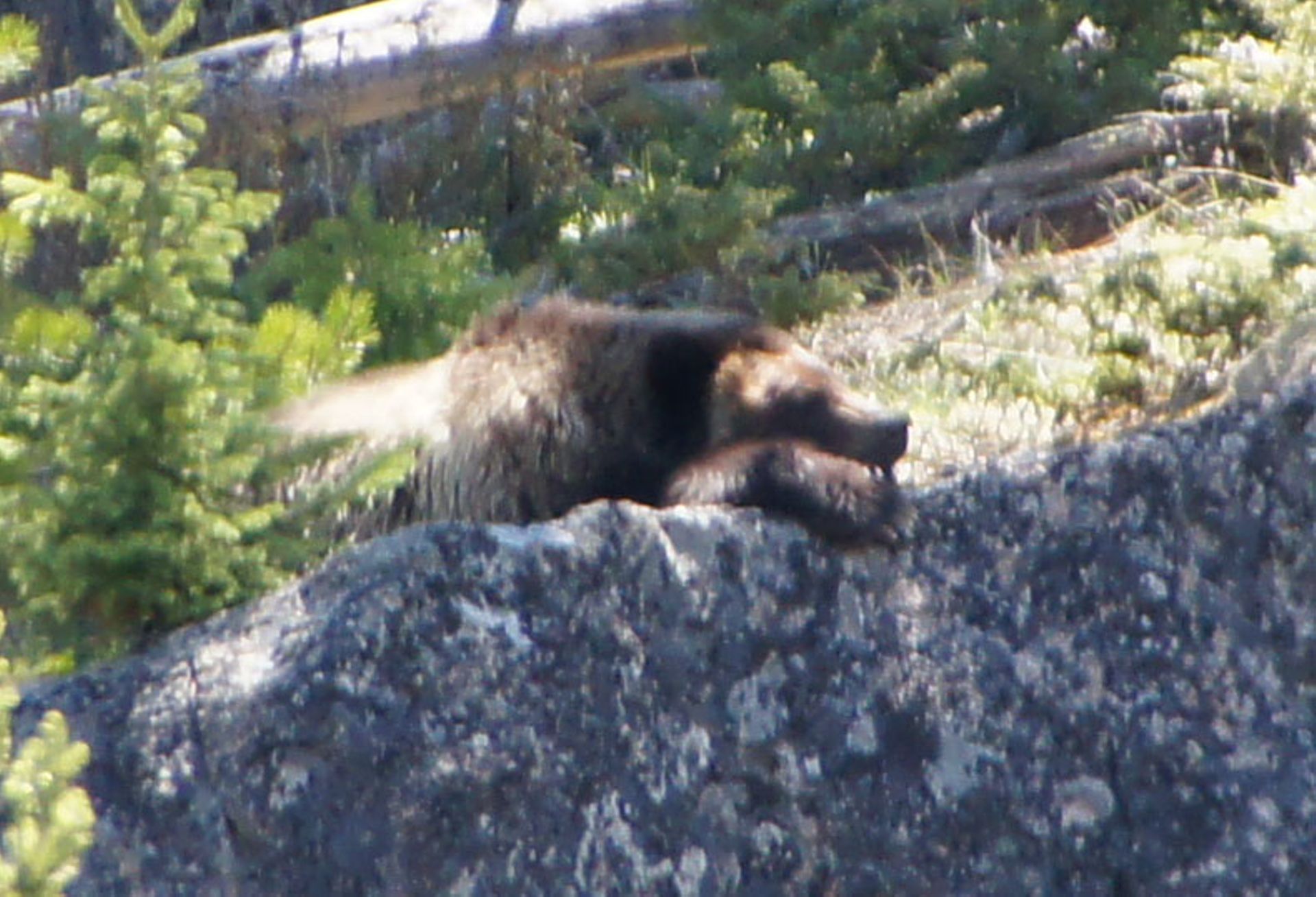
We also see plenty of mule deer and birds of prey, and then we drive from Tower Junction, a crossroad in the park, to Tower Fall to see the waterfalls. The road north is still closed due to snow and a landslide. It was supposed to be open again since last weekend, but on May 28, the road was buried. So we stand by the small waterfalls of the Yellowstone River and continue driving after taking a few pictures.
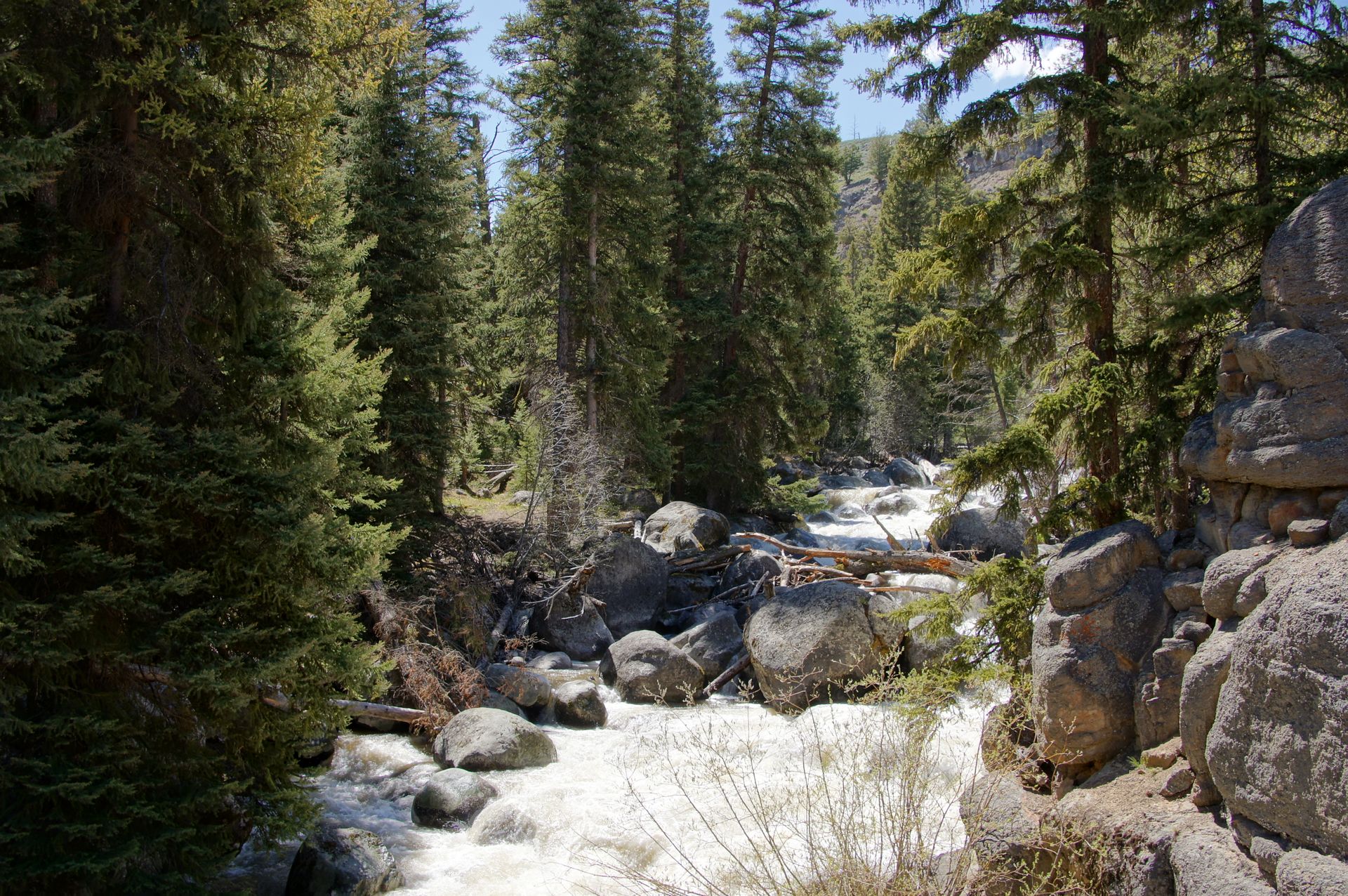
We see bison every now and then, sometimes even directly on the road. The sun has been very generous, reaching an incredible 89°F (about 32°C).
But around 4:00 p.m., the weather becomes cloudy as we stand by a small lake, observing a coyote stalking some ducks and a sandhill crane, a nearly ostrich-sized flying bird. We strike up a conversation with a couple from Florida who are driving a pickup truck and carrying huge lenses. They are staying in Cooke City. They come here twice a year for several weeks in different seasons and have amazing wildlife photos with them.
Shortly after that, we see a young buck deer peacefully grazing. It doesn't mind our photography at all, so we take advantage of that opportunity.
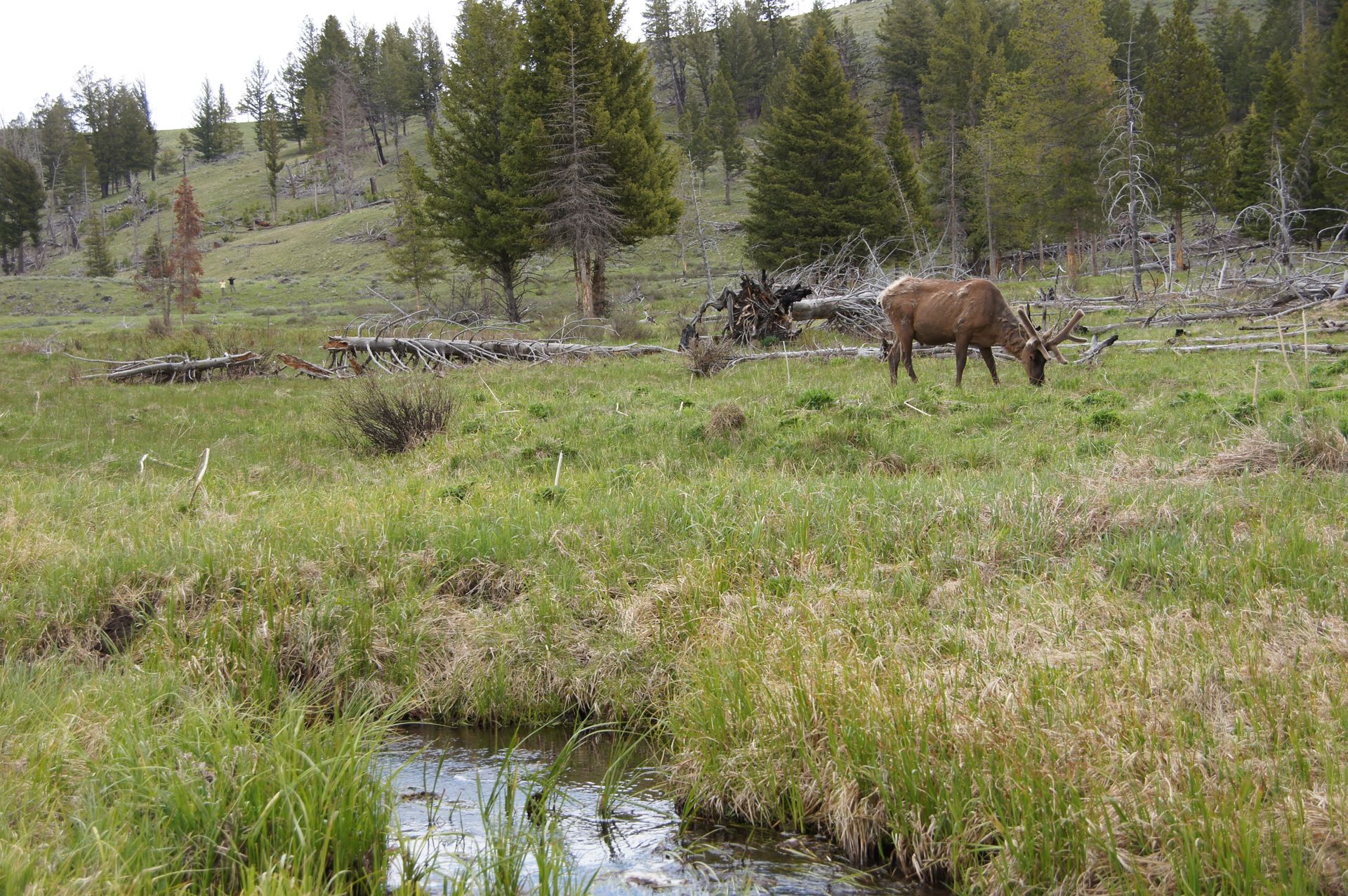
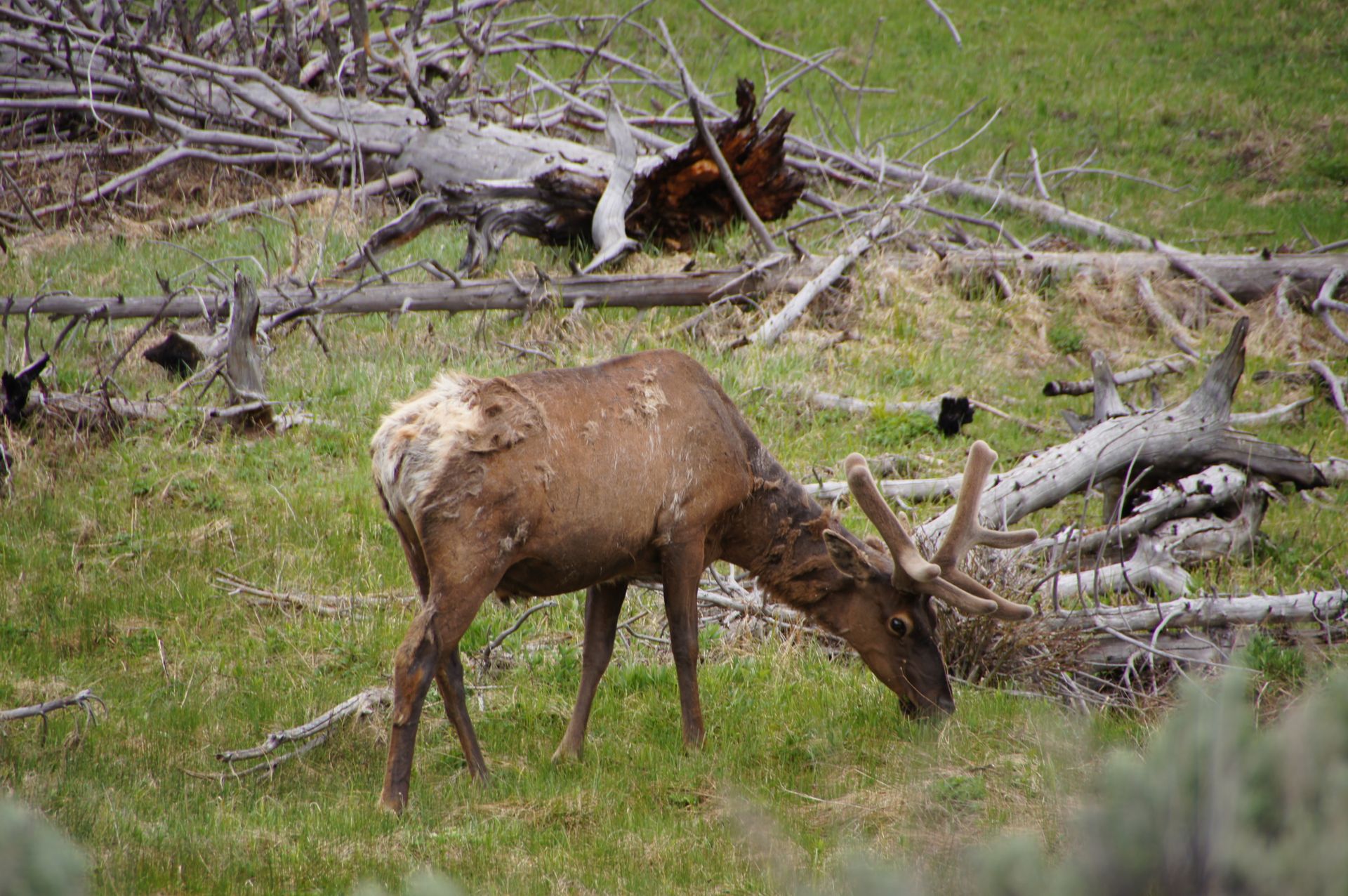
Shortly before Mammoth Springs, we see several big horn sheep that are quite lovely. Although we have seen hundreds of them in Canada, these ones have a flock of young ones jumping around on the hillside above the road.

The chaos of cars below the hill is perfect, so it doesn't matter that we stop and get out of the car. The older sheep stand beside cars, pedestrians, on the road, on the hillside, on the opposite side of the road, and basically everywhere.
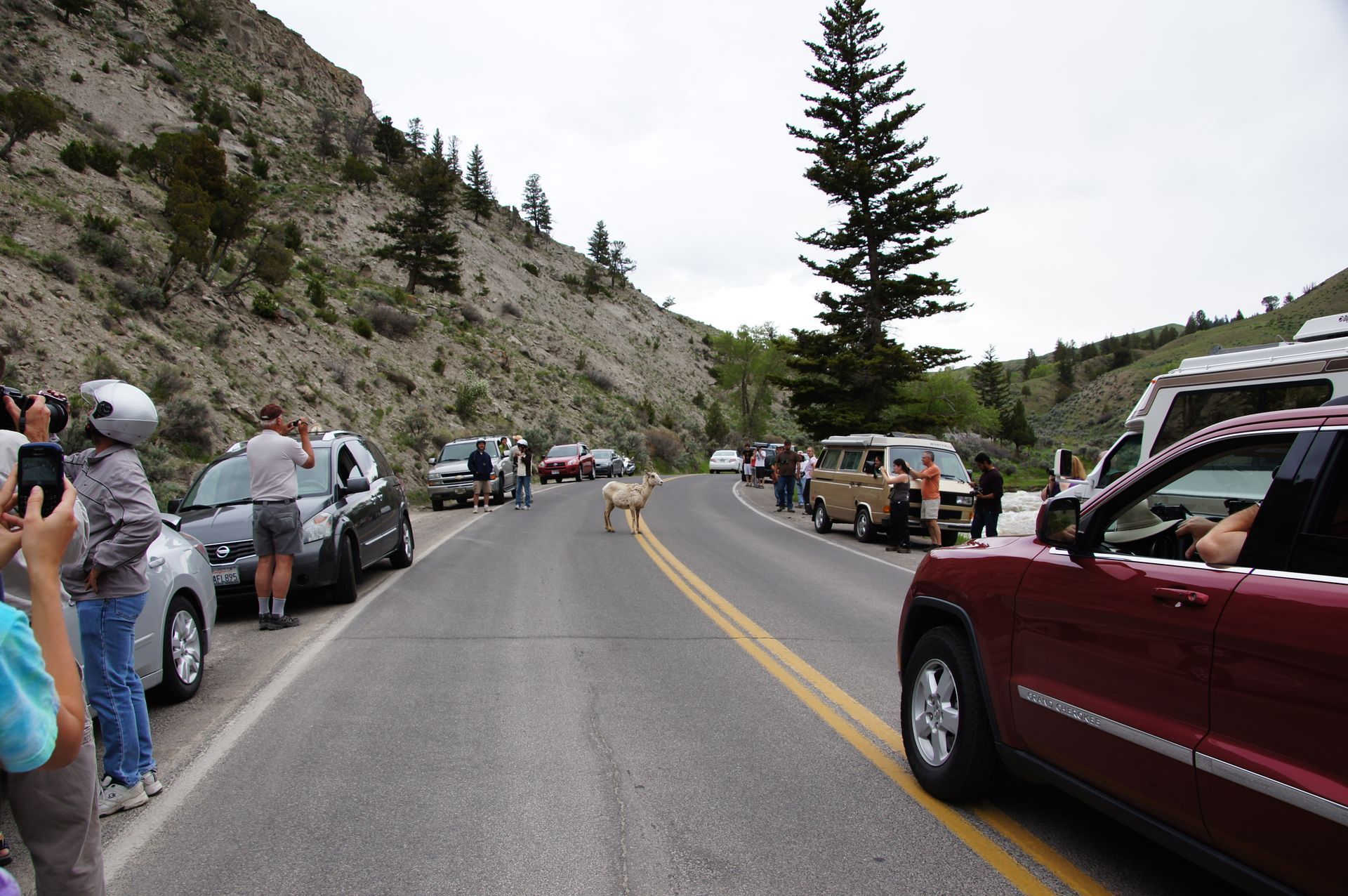

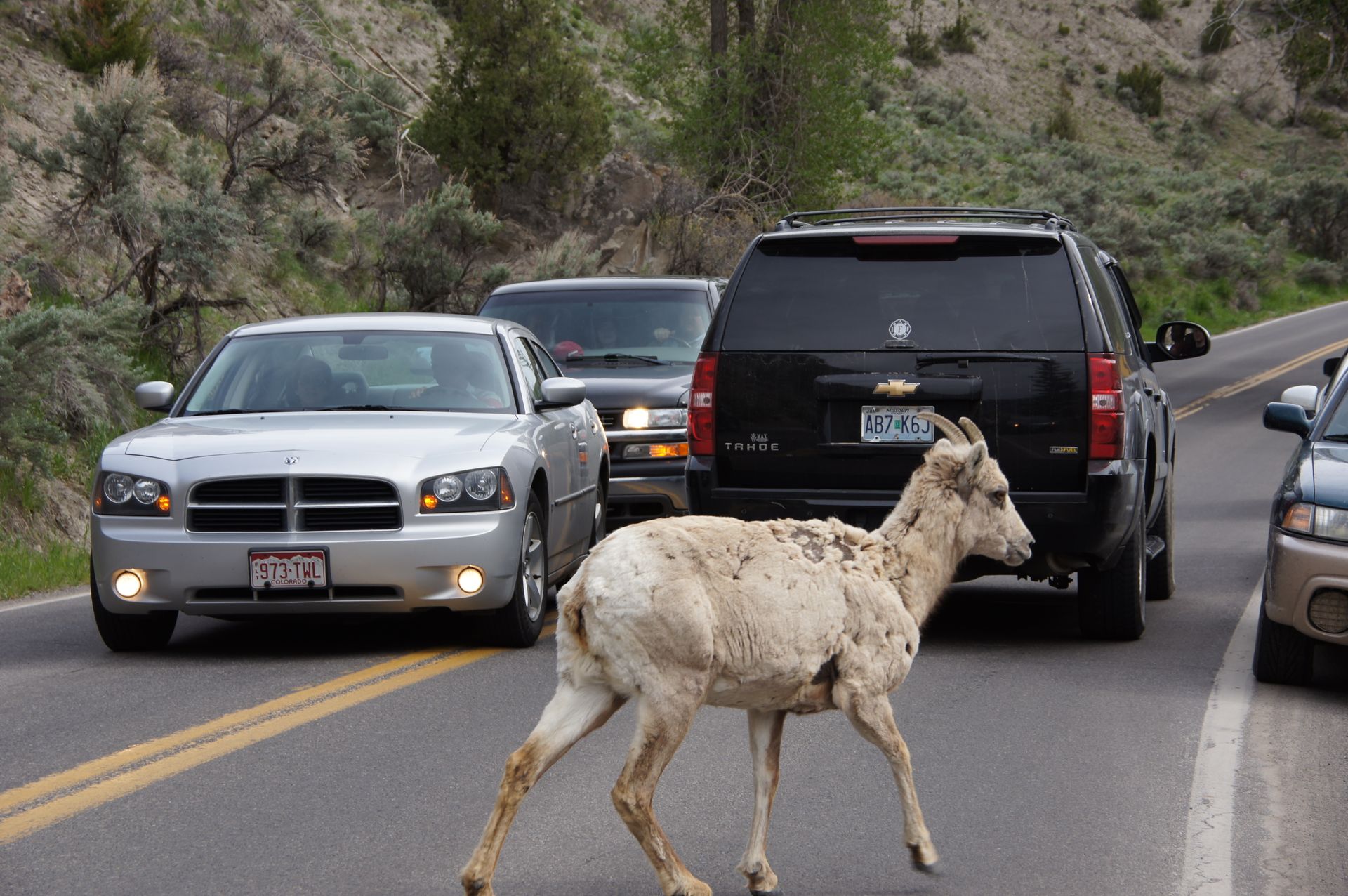
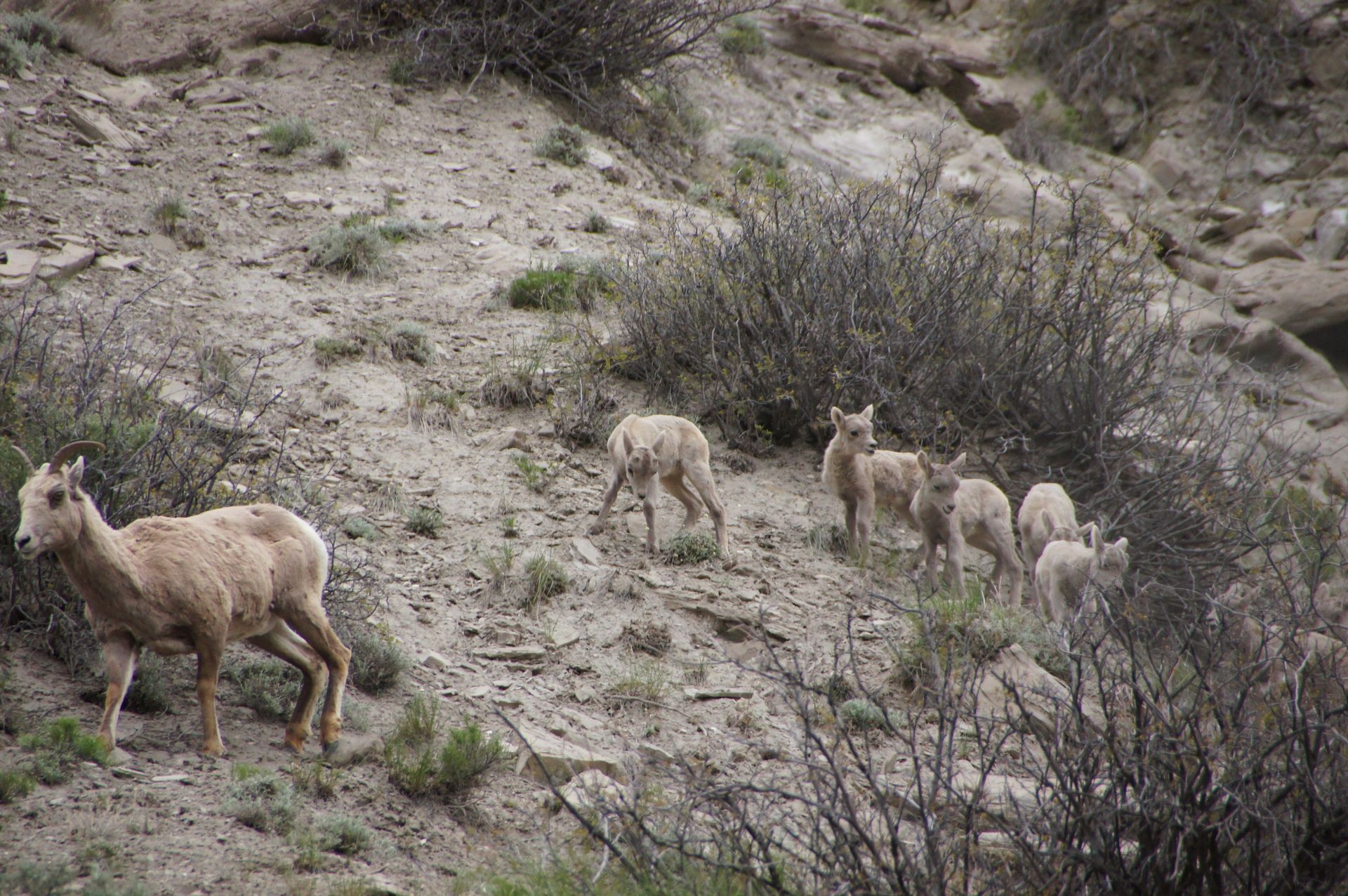
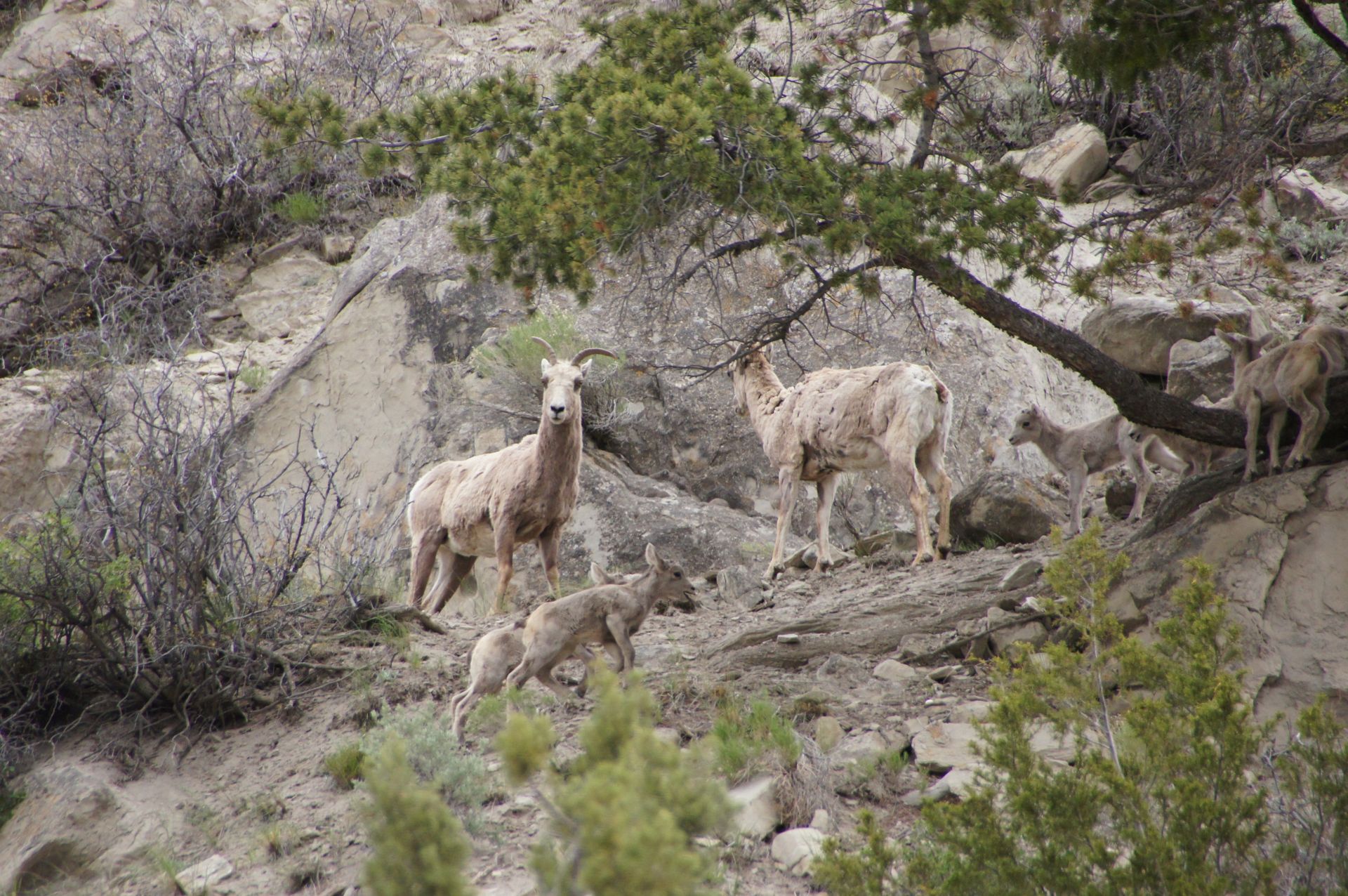
A few pictures later, we continue driving to Mammoth Hot Springs, the last town in the north of Yellowstone National Park before reaching the border with Montana. We are now at an elevation of about 2,000 meters, and deer feel very comfortable here again. Some female deer are lying in the middle of a traffic island, amidst the grass.
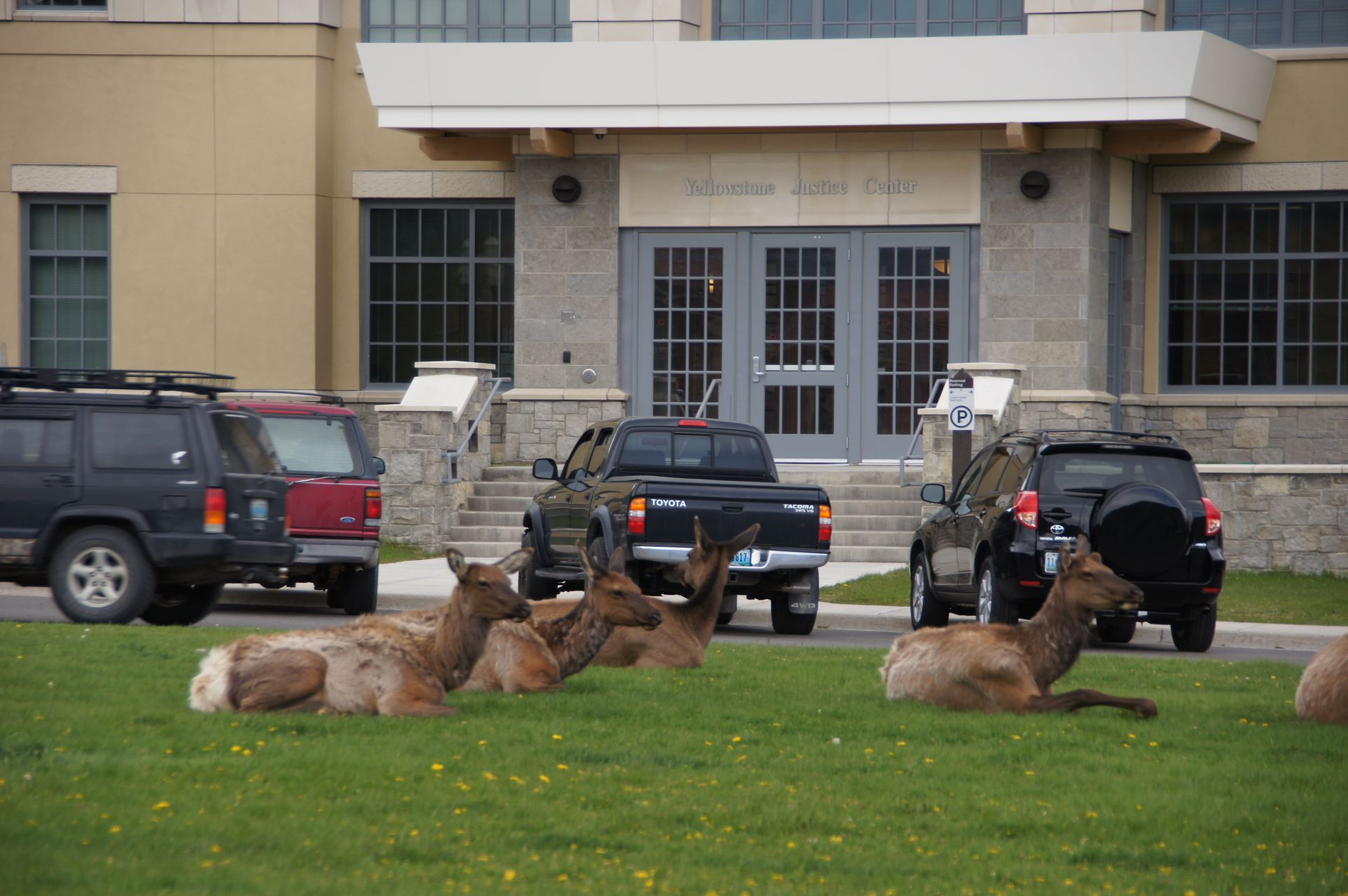
Mammoth Hot Springs
A ranger is keeping a close watch so that nobody gets too close to them. We plan to visit Mammoth Hot Springs again tomorrow. Today, we just want to go to our hotel.
Just five miles further, we enter Montana through the Roosevelt Arch and reach the town of Gardiner, which has a population of 800 in good times. A cashier at the supermarket tells us that in winter, there are around 300 people living here. Well, for our standards, that's already a real city.
Due to changes in our travel plan (we skipped the night between Denver and Mount Rushmore because Nebraska was so boring), we have booked two nights here. The hotel we booked from home was fully booked, so tonight we are staying in another hotel and paying $100, including taxes, at the Super 8 Motel (which includes breakfast and a hairdryer J).
Opposite the hotel is a supermarket where we stock up on a few things. We strike up a conversation with the cashier, who tells us some things about Montana. I also did some research. Montana is the fourth largest state in the United States, bigger than Germany! The population of almost 1 million people is relatively sparse in comparison. However, Alaska and Wyoming are even less populated. The Rocky Mountains run through Montana, and the state also has plenty to offer underground. Oil, coal, copper, silver, gold - and that's why it's called the Treasure State. Due to the low population density, the distances between places here are enormous. Behind Gardiner, there is nothing for a long time. The next town is 50 miles away. So if you're bored in Gardiner, you have to drive for an hour.
We find a rustic restaurant by the bridge over the Yellowstone River and enjoy a quiet meal and a hearty beer. The weather continues to deteriorate, and it becomes very windy. From our room, we have a view of the mountains of the Gallatin National Forest, which borders directly with Yellowstone National Park. Somewhere up there, there are mountain goats, as the woman at the visitor center told us. We would love to see them again, just like two years ago in Canada!
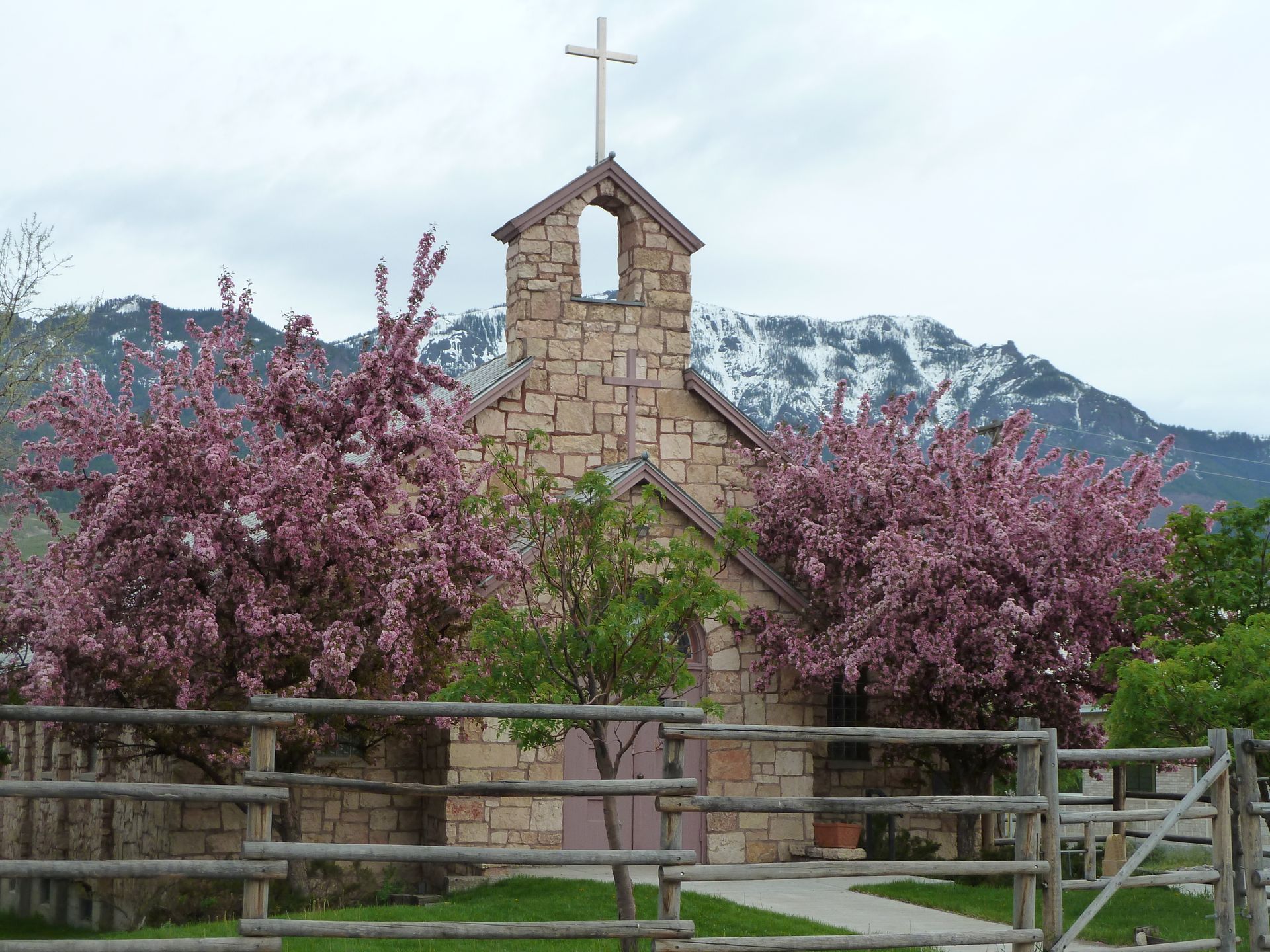
Church in Gardiner
We plan to wake up at 5:00 a.m. tomorrow to go on a wildlife safari, weather permitting. Currently, it doesn't look like the weather will cooperate, but maybe the storm will drive away the clouds?
Претплатете се на билтенот
Одговори
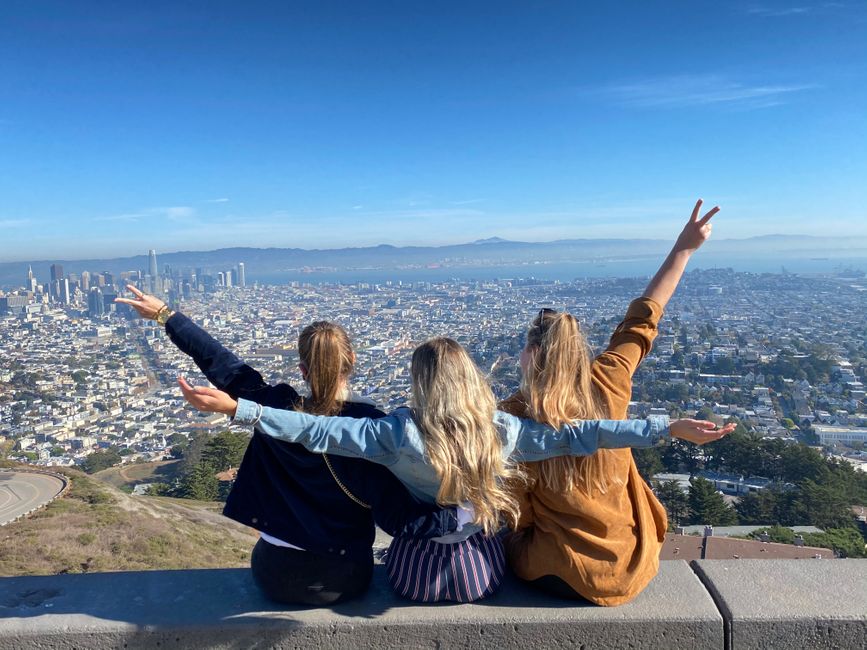
Извештаи за патување САД

